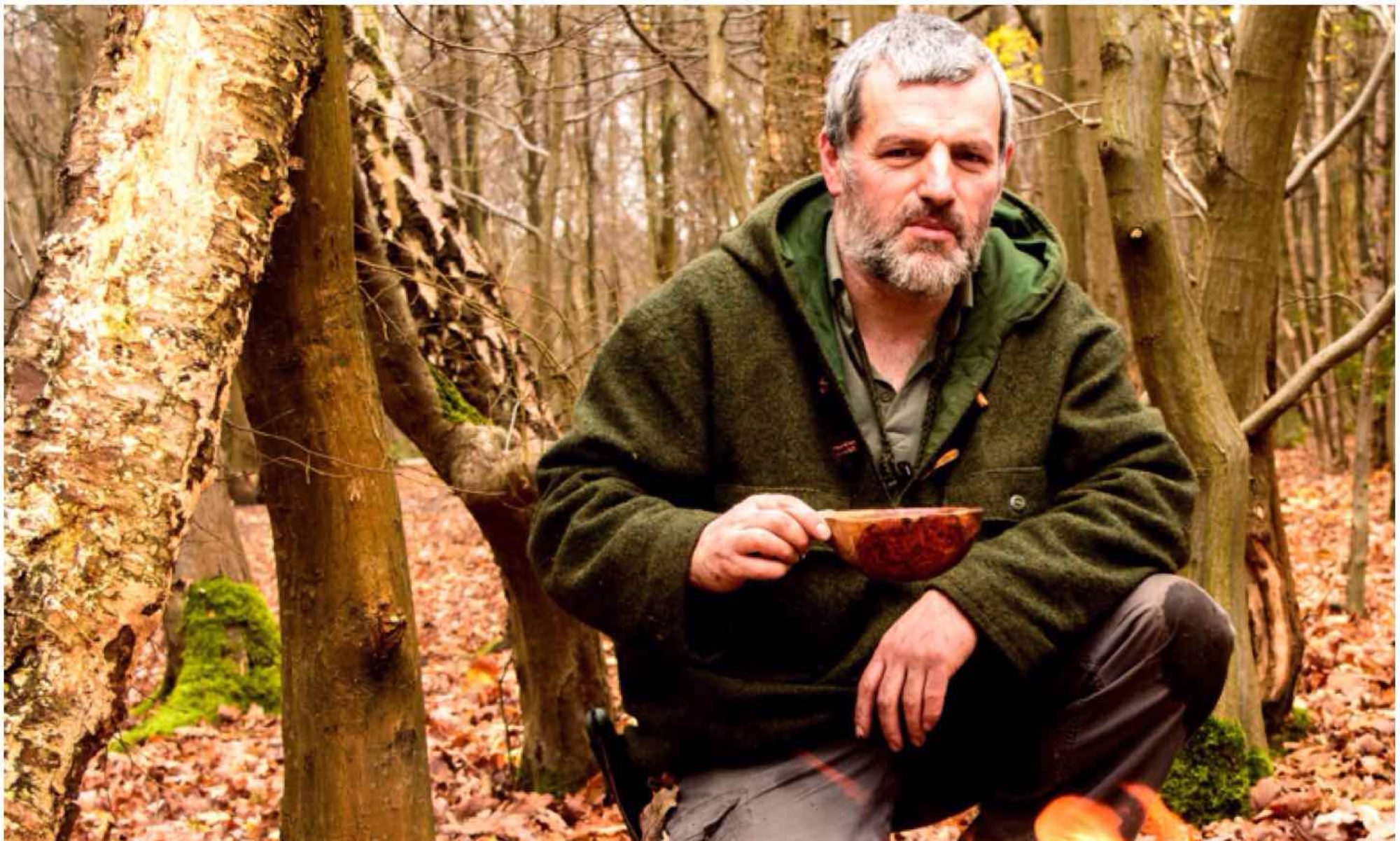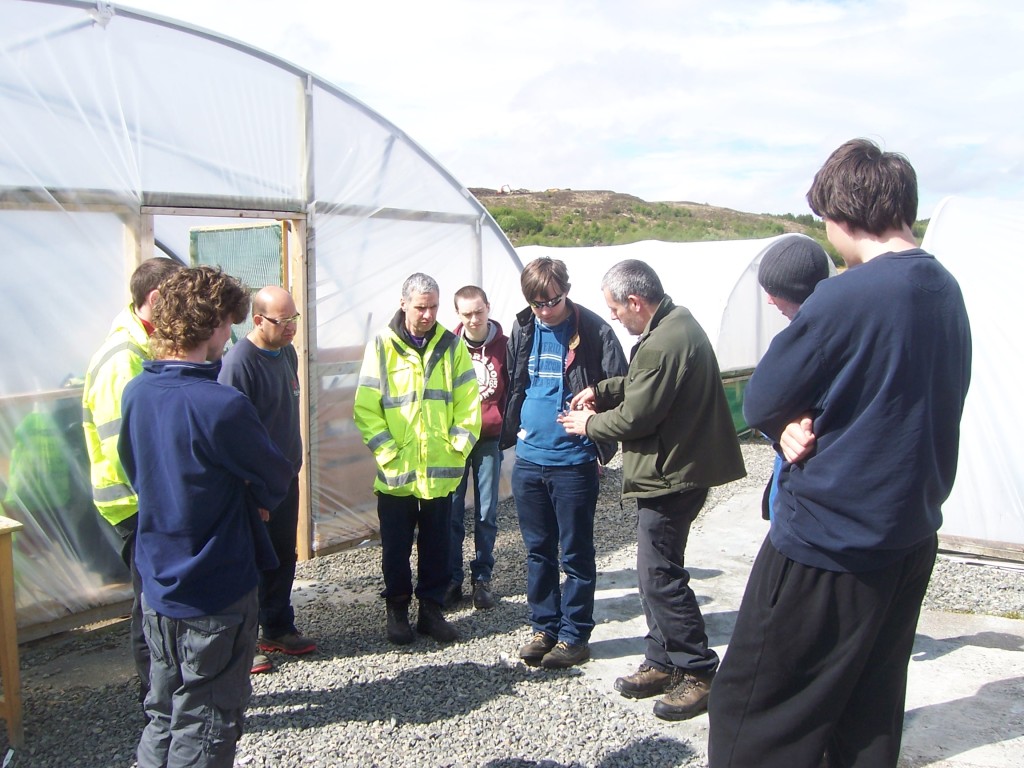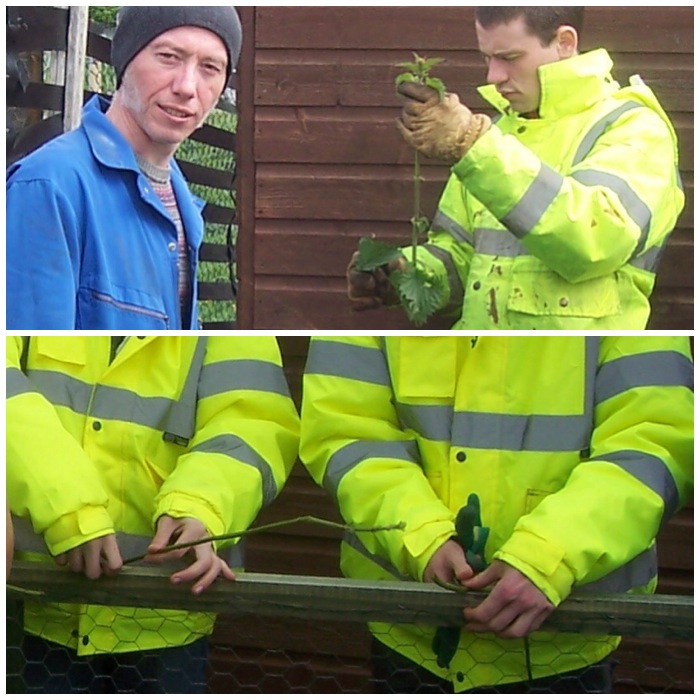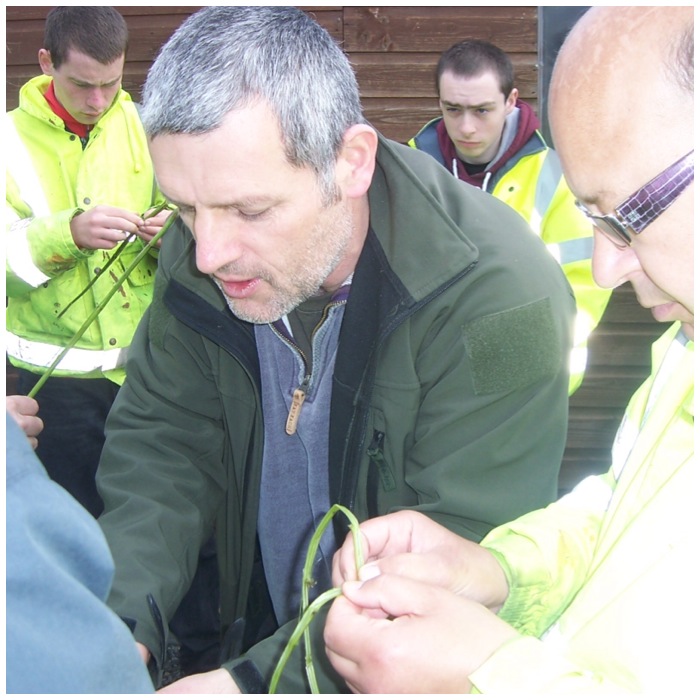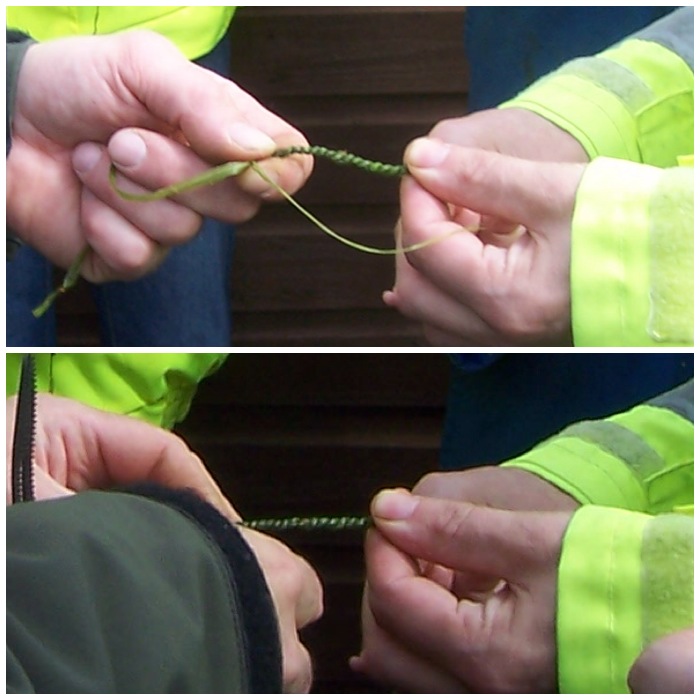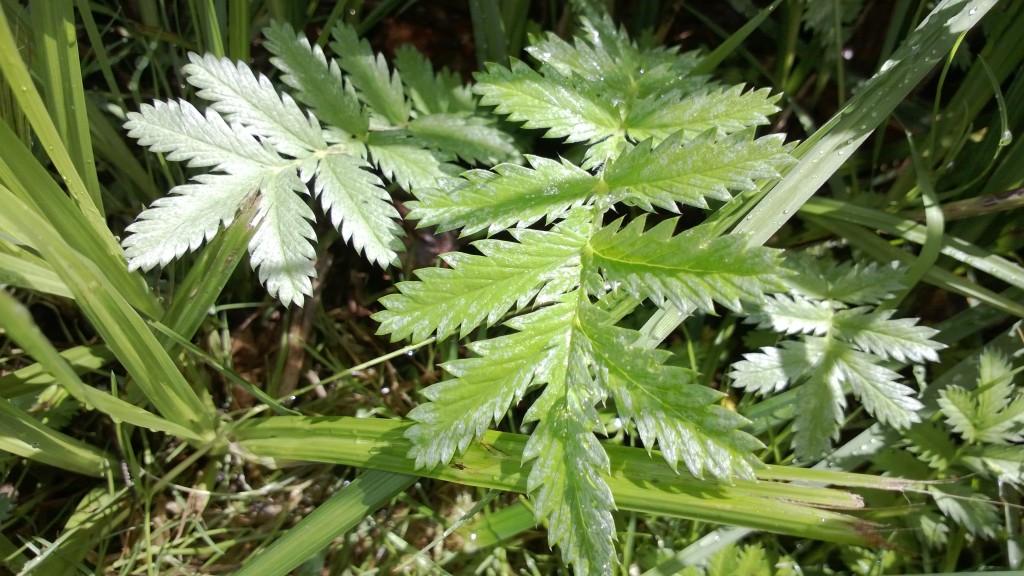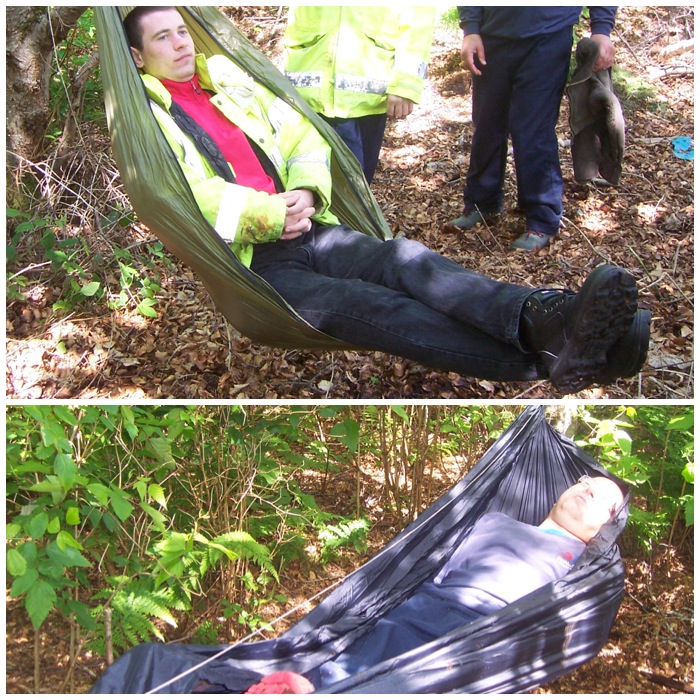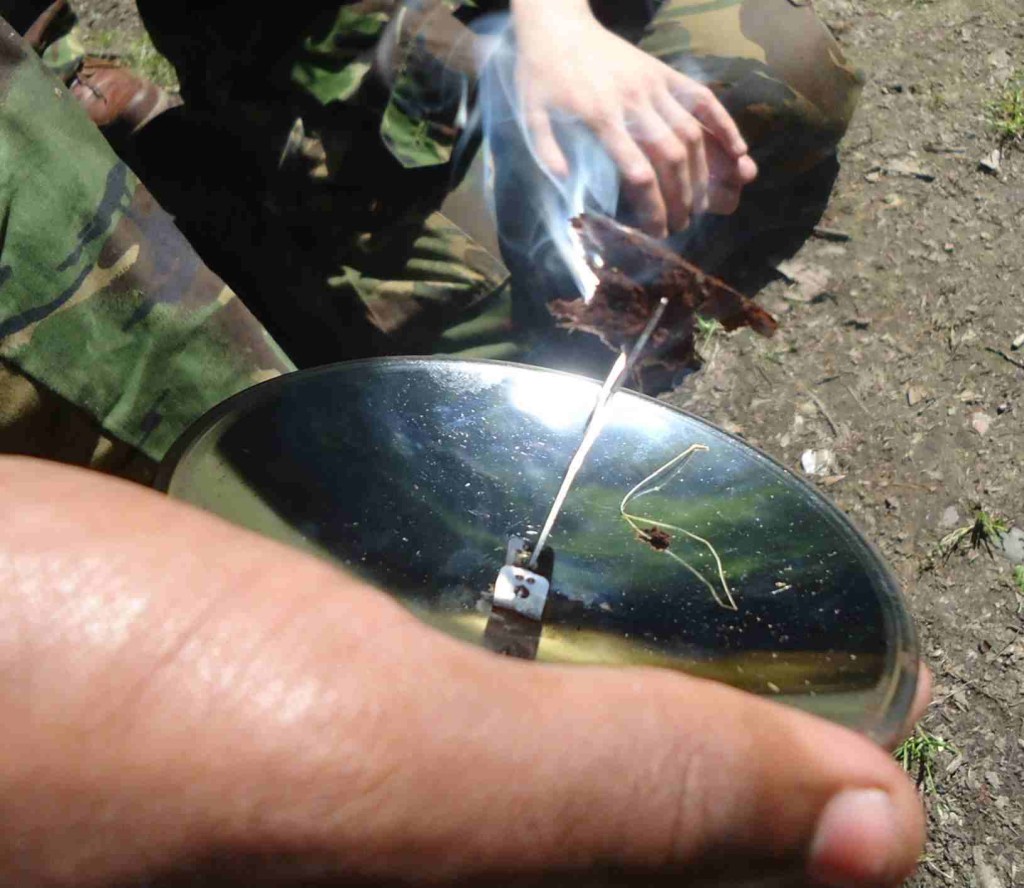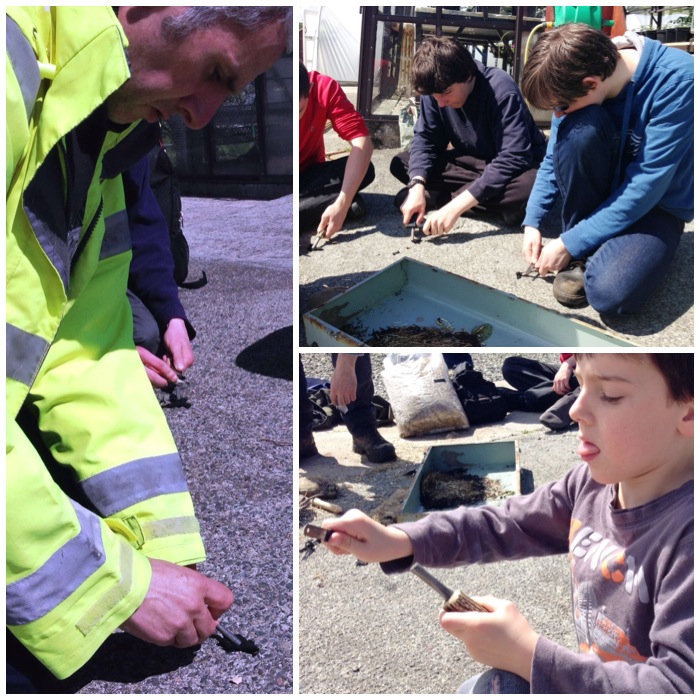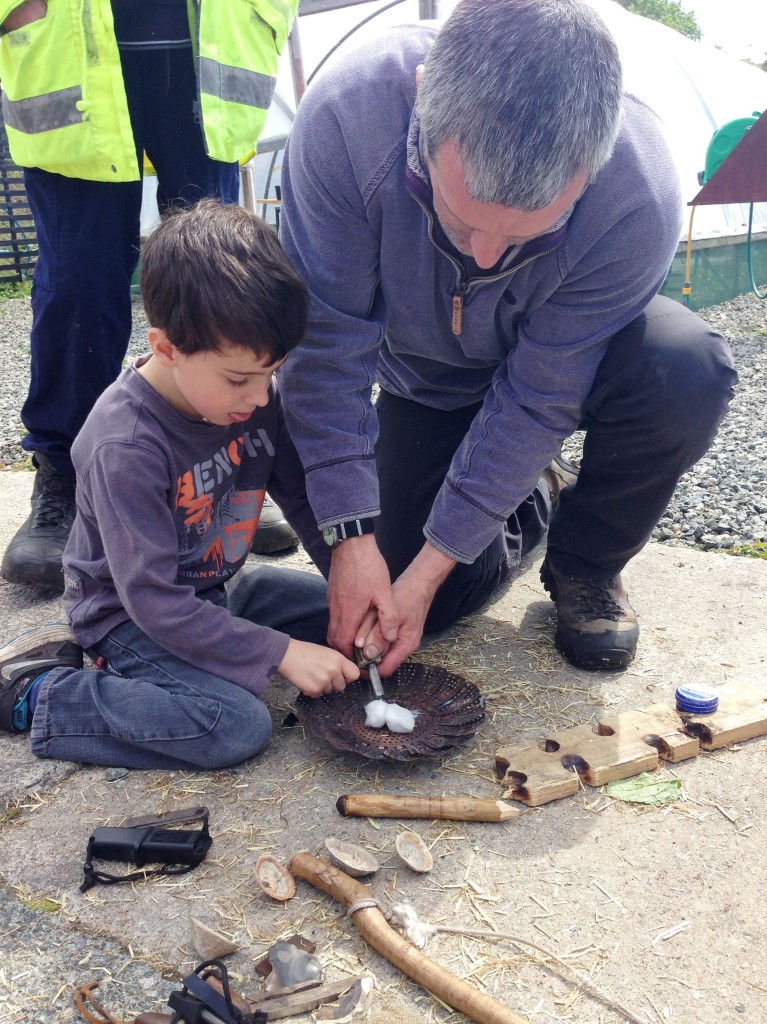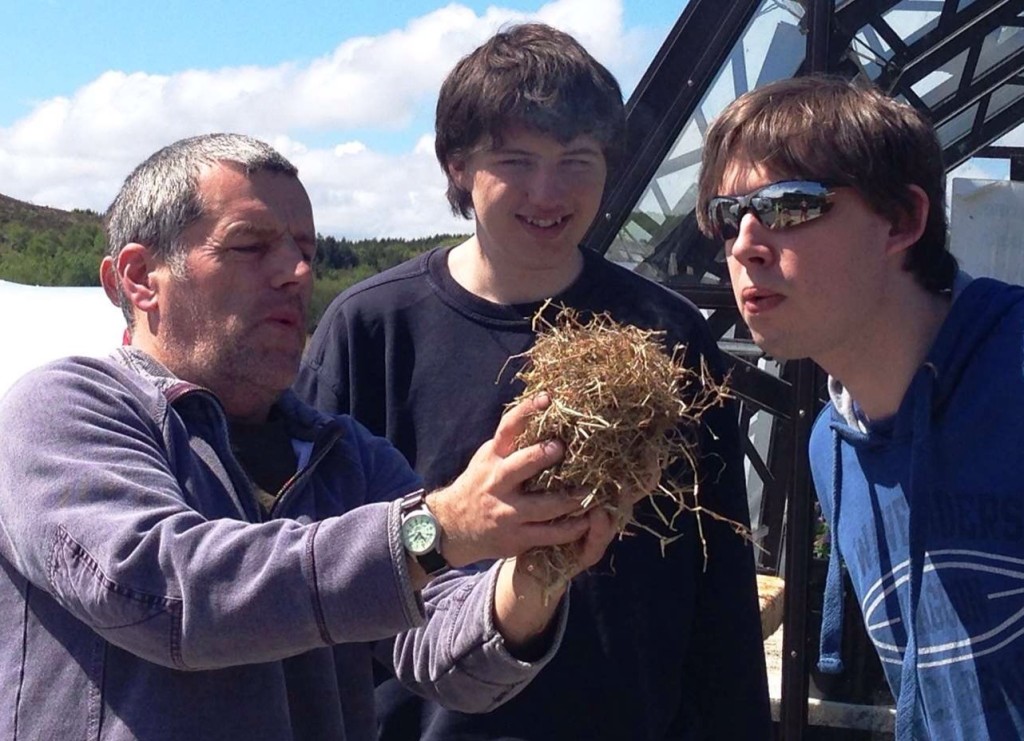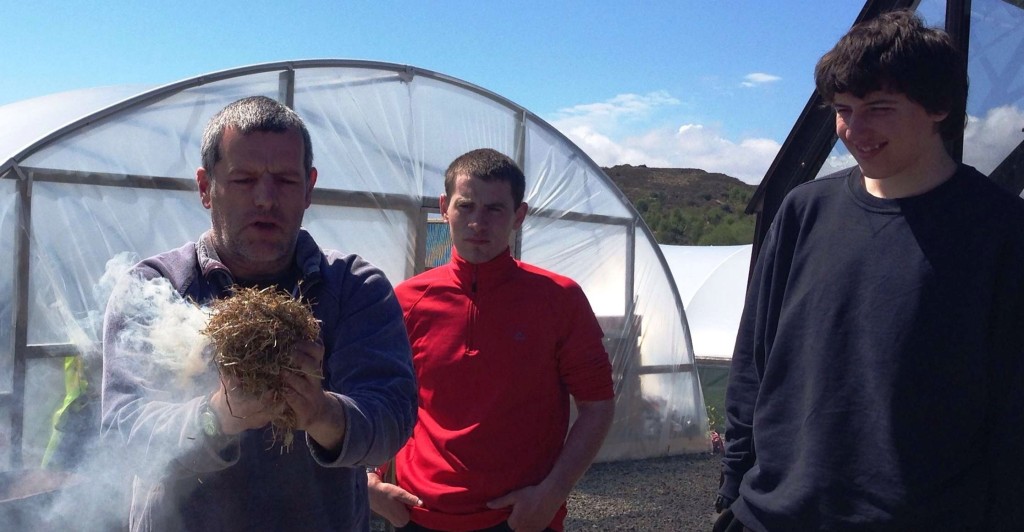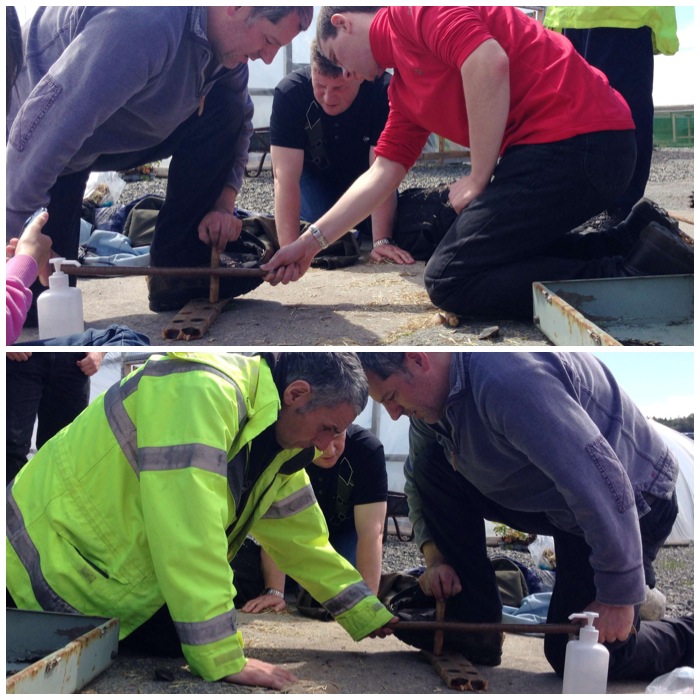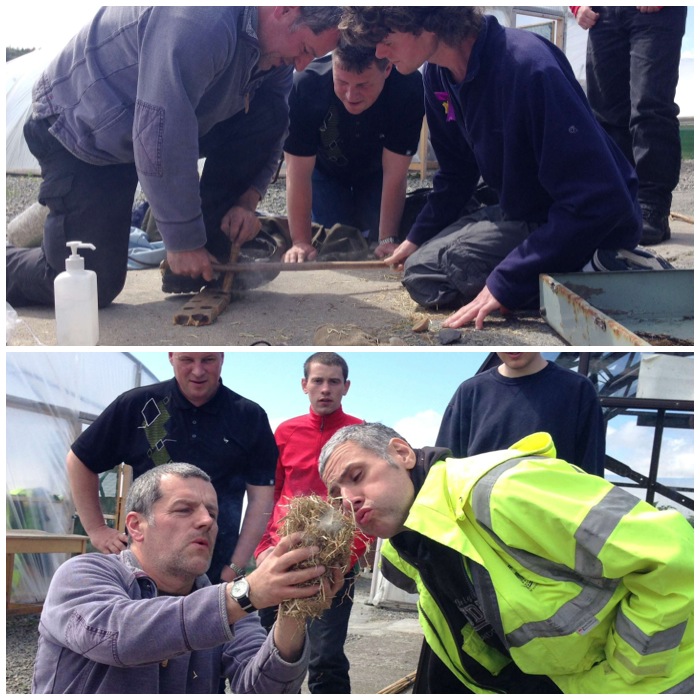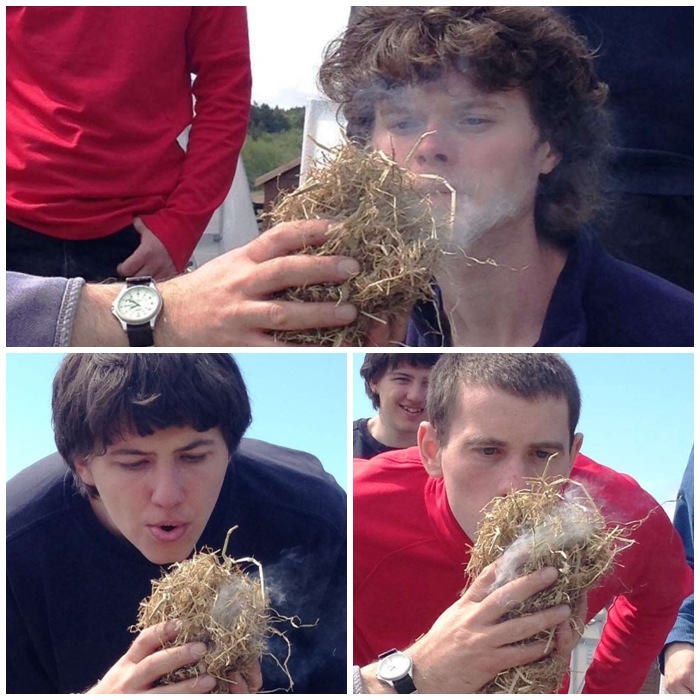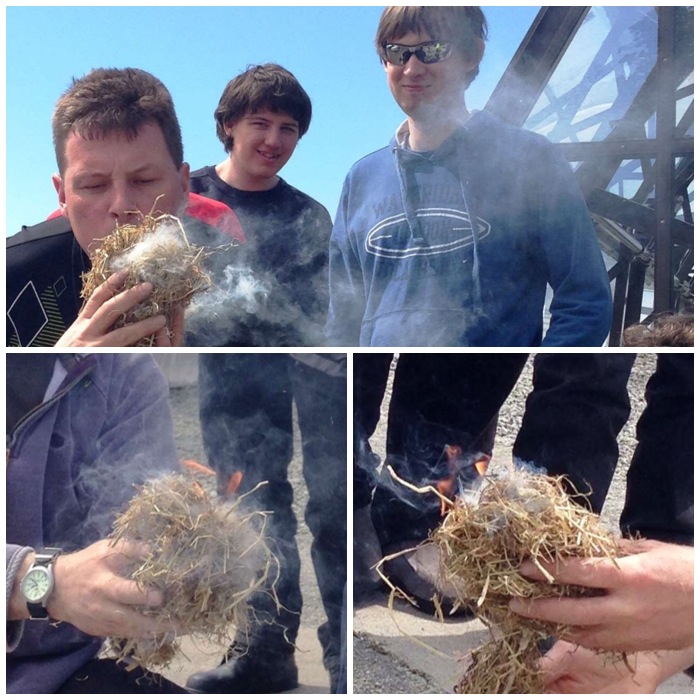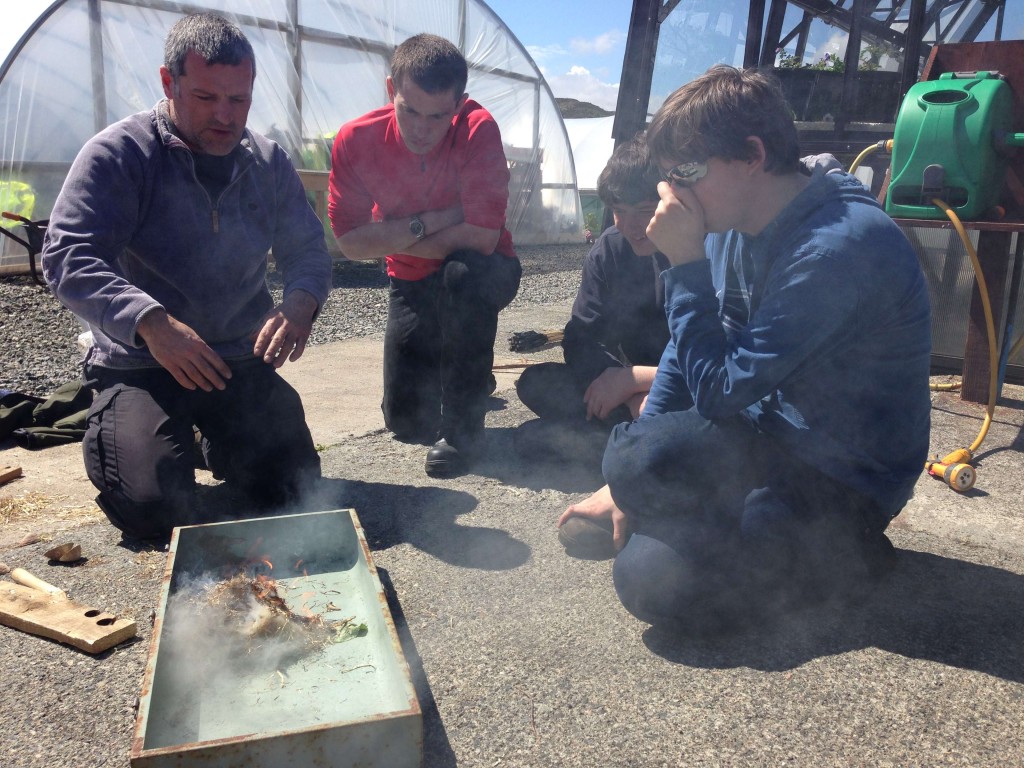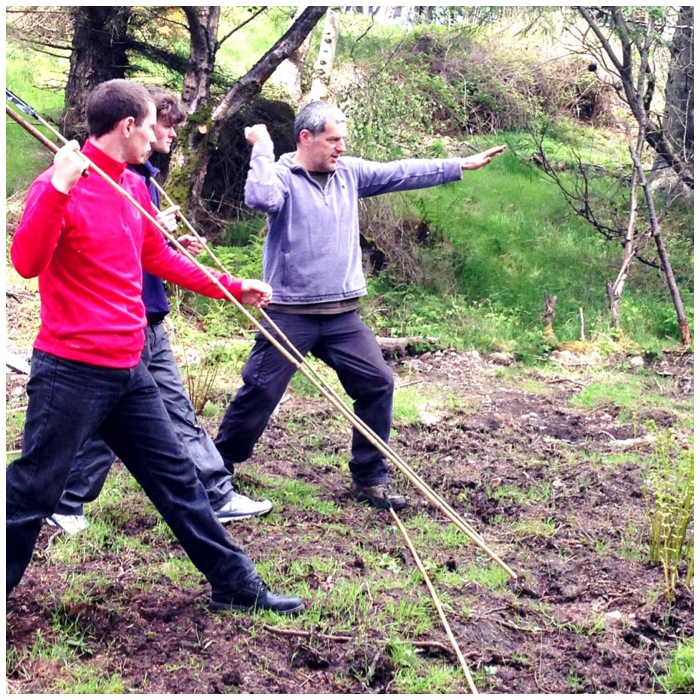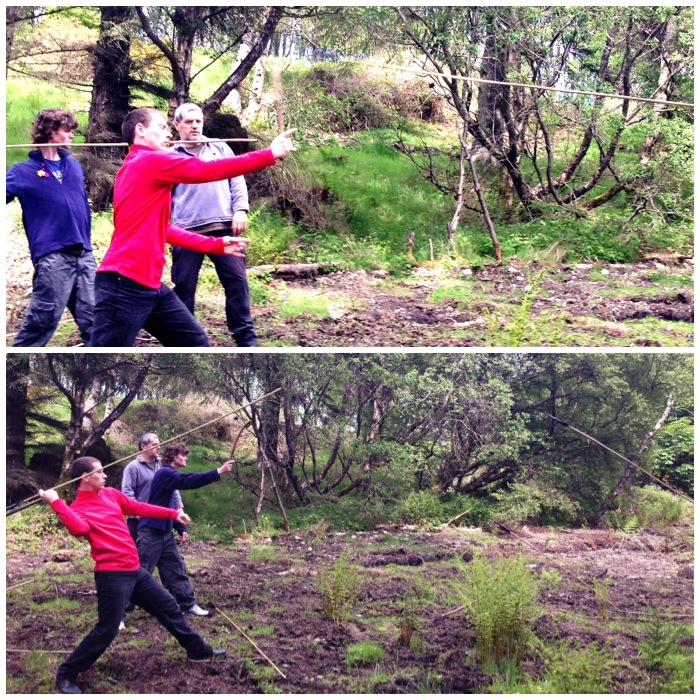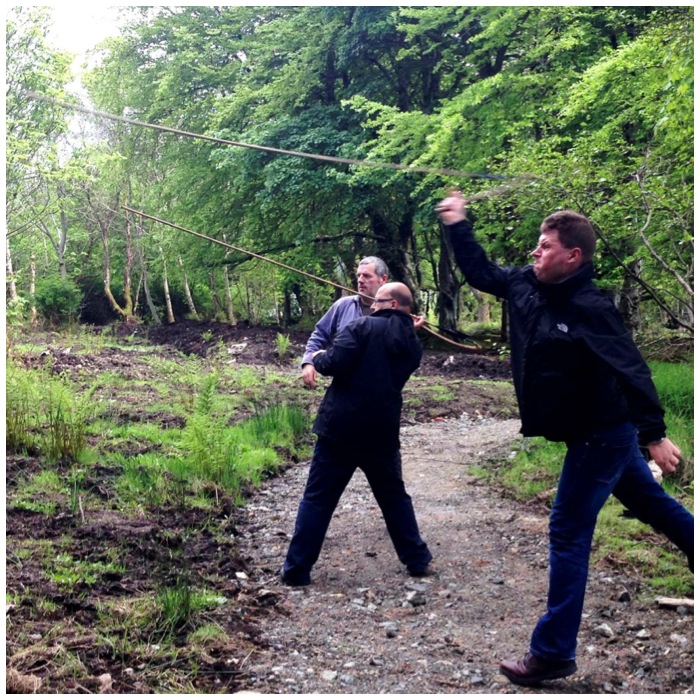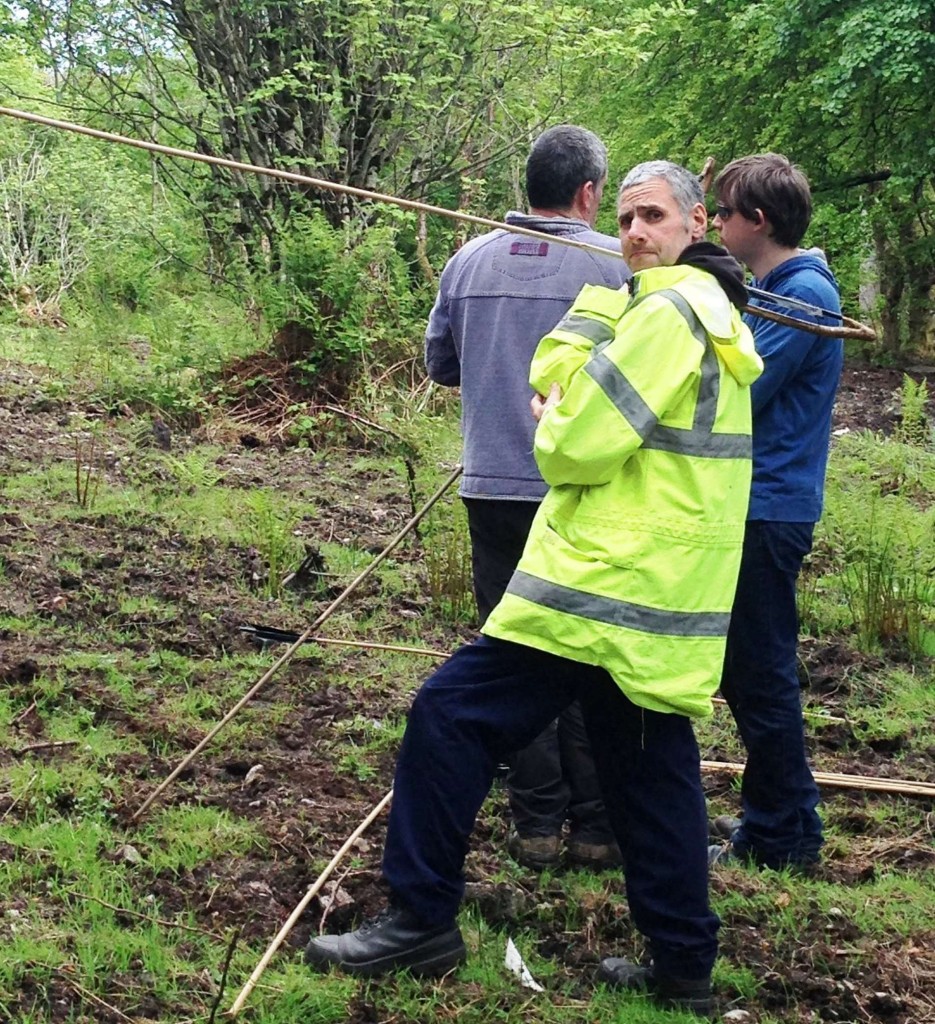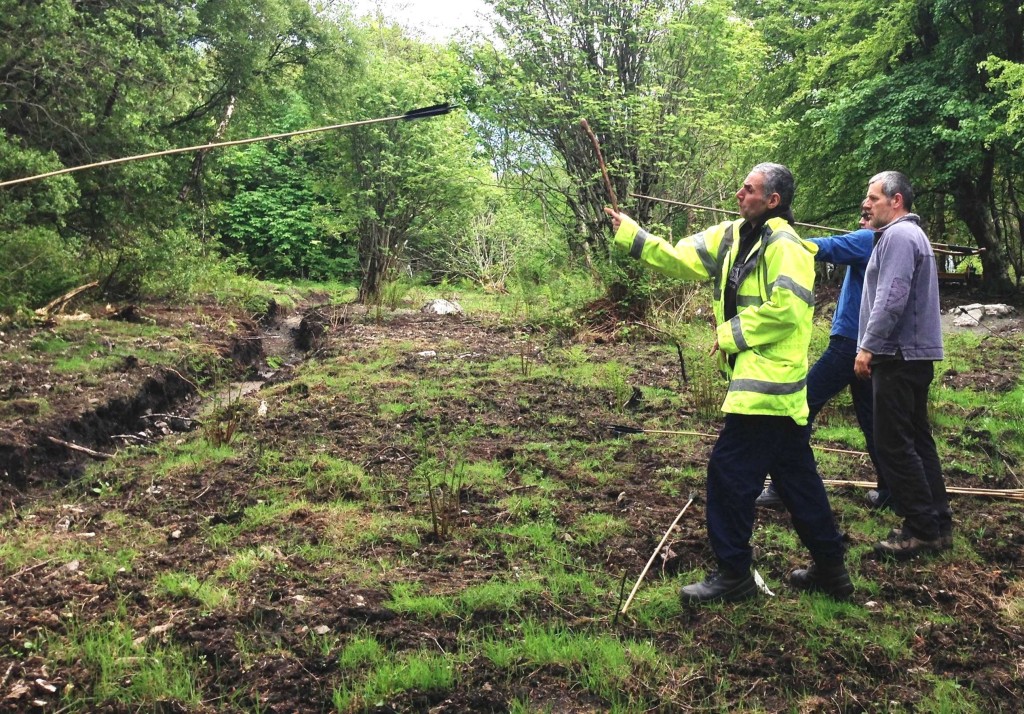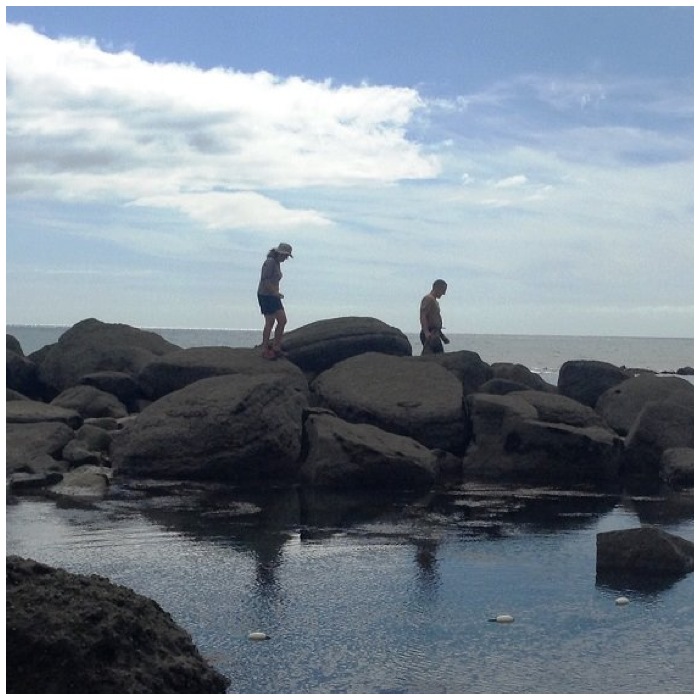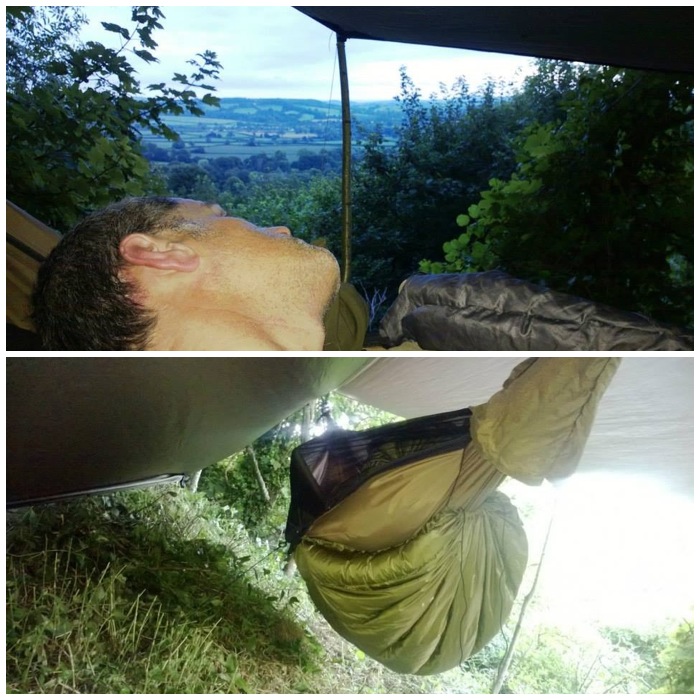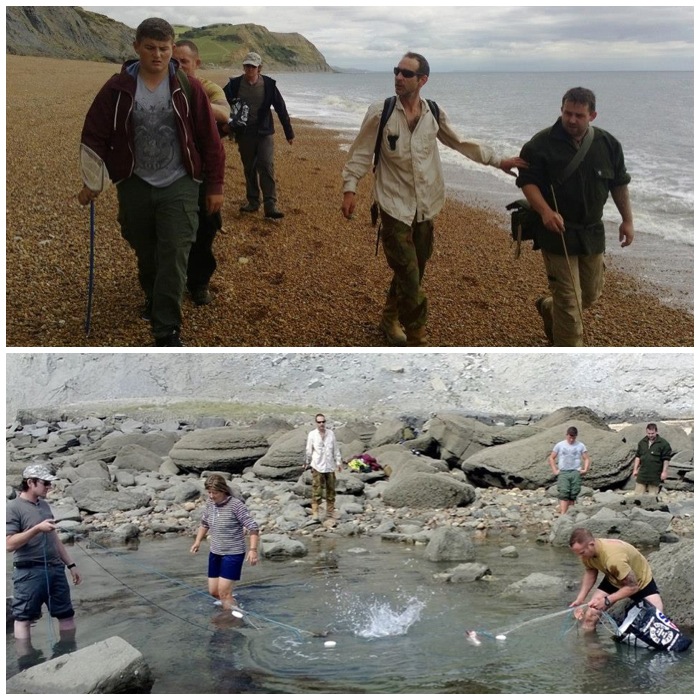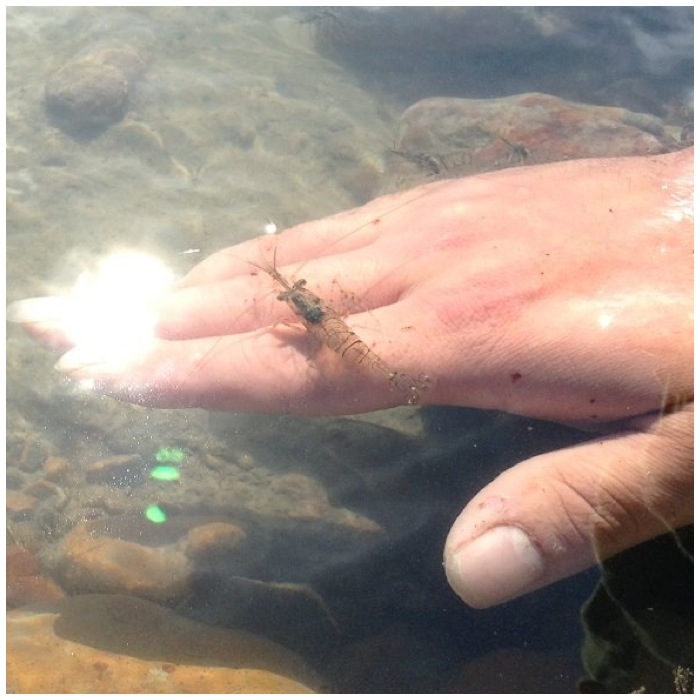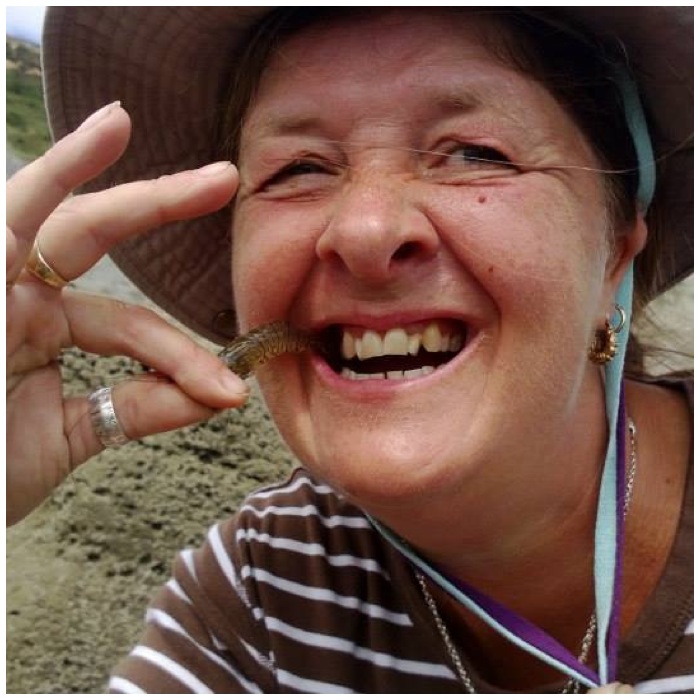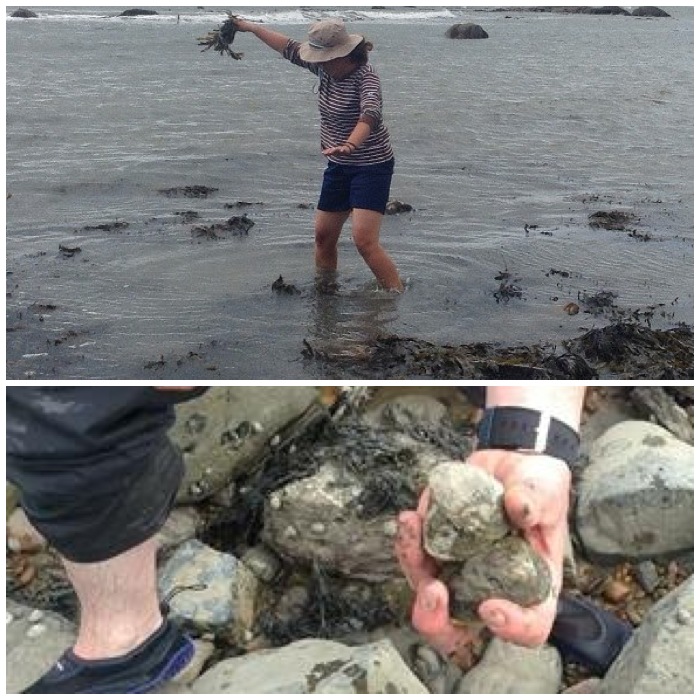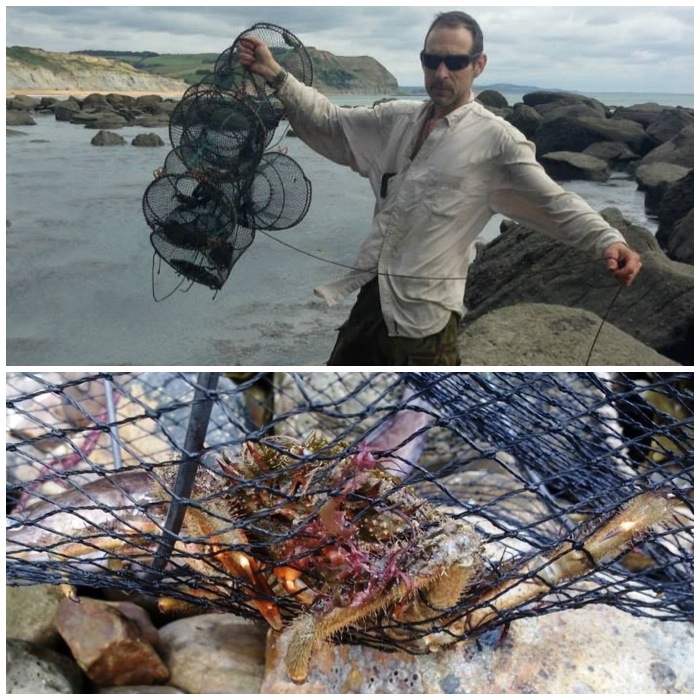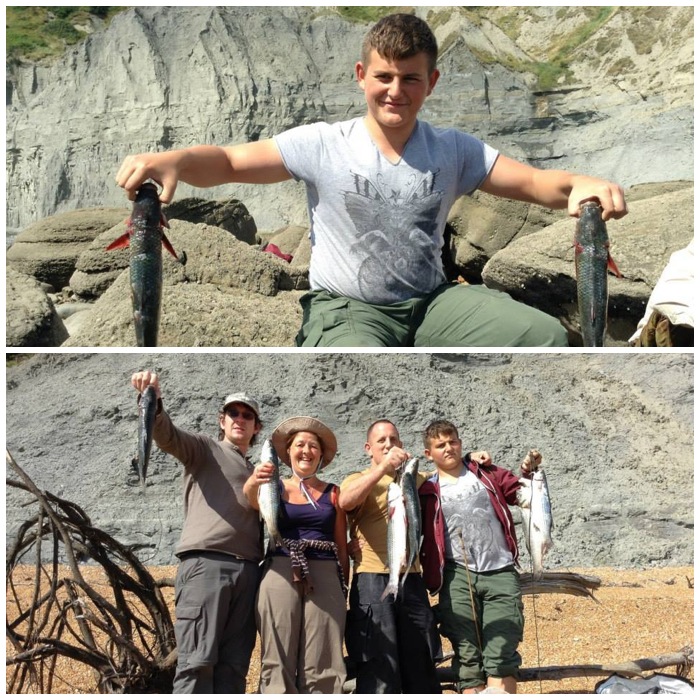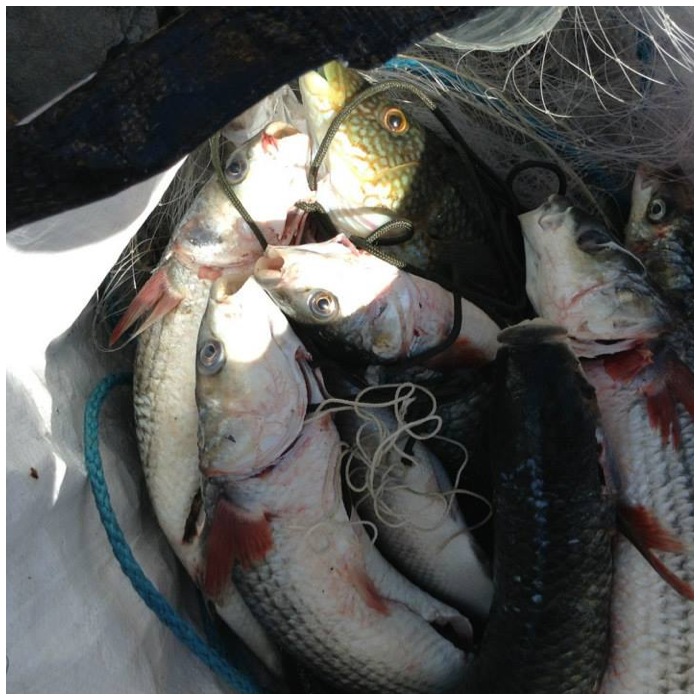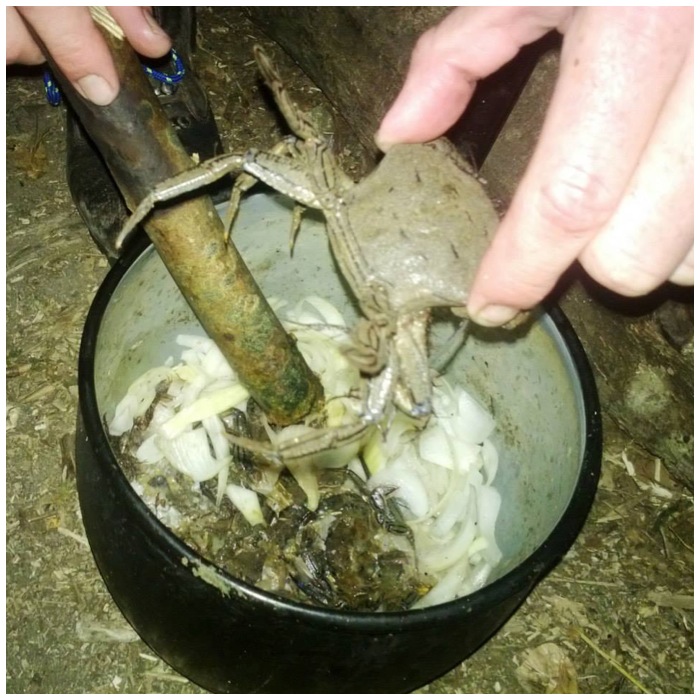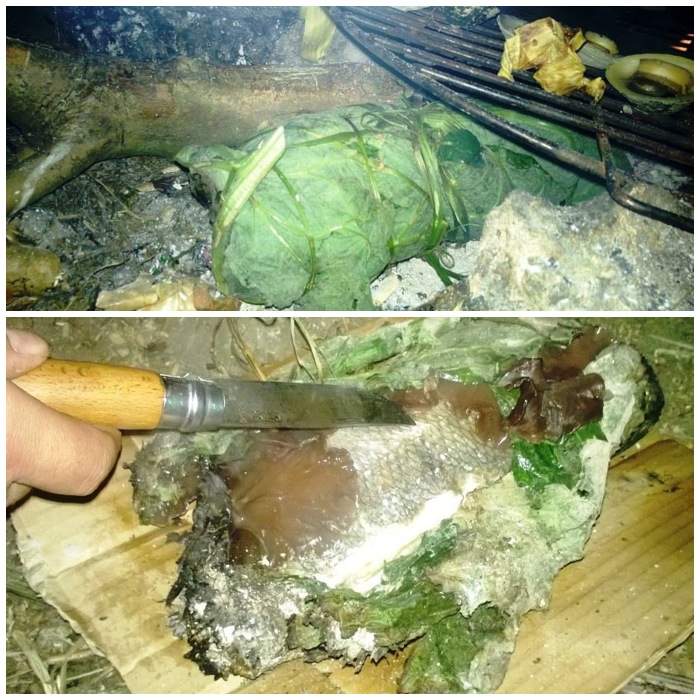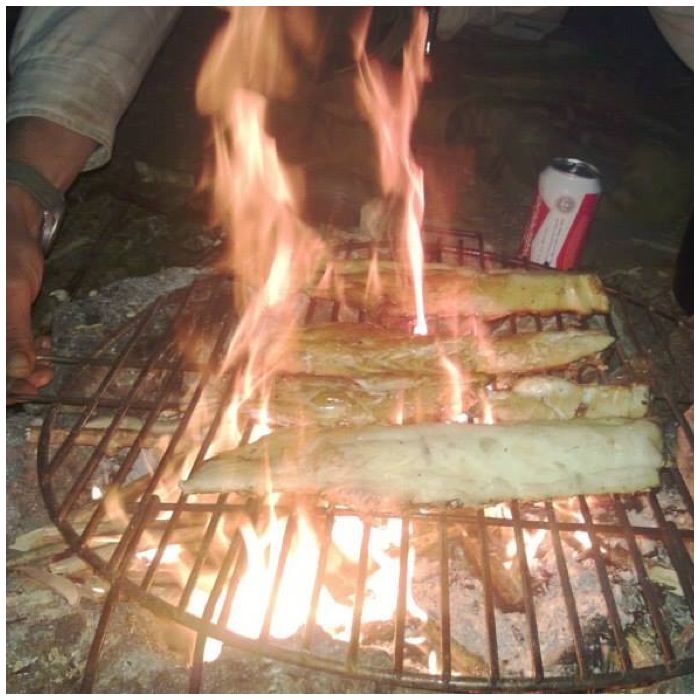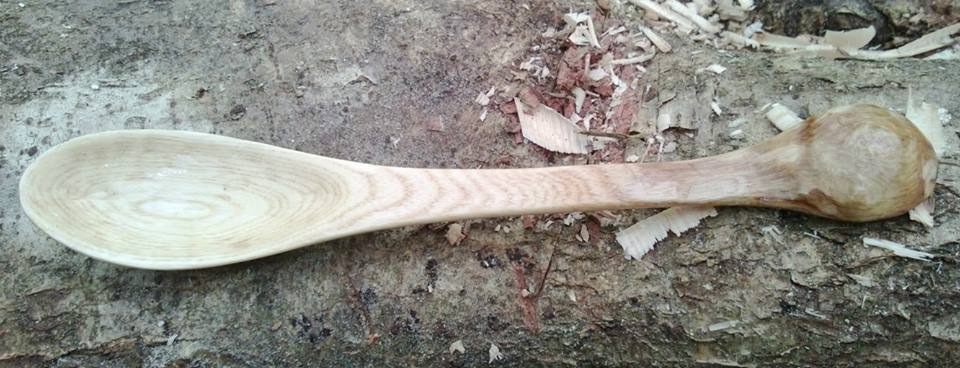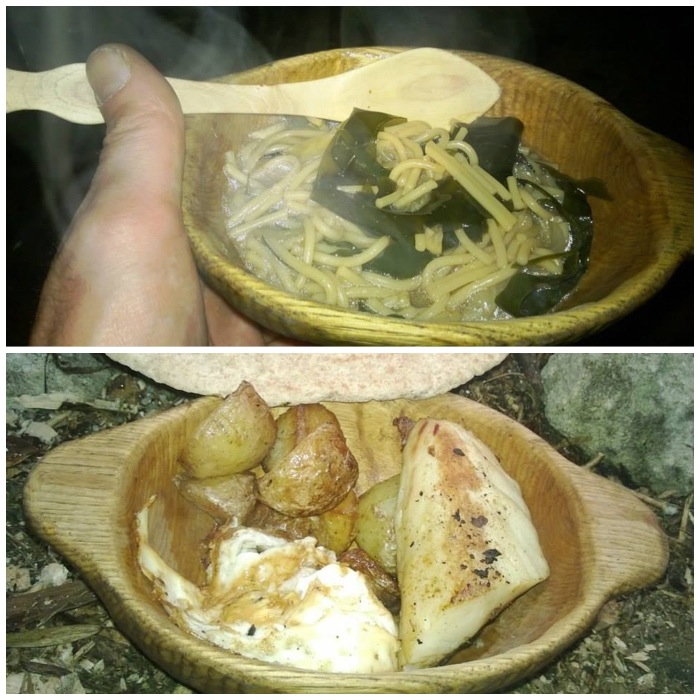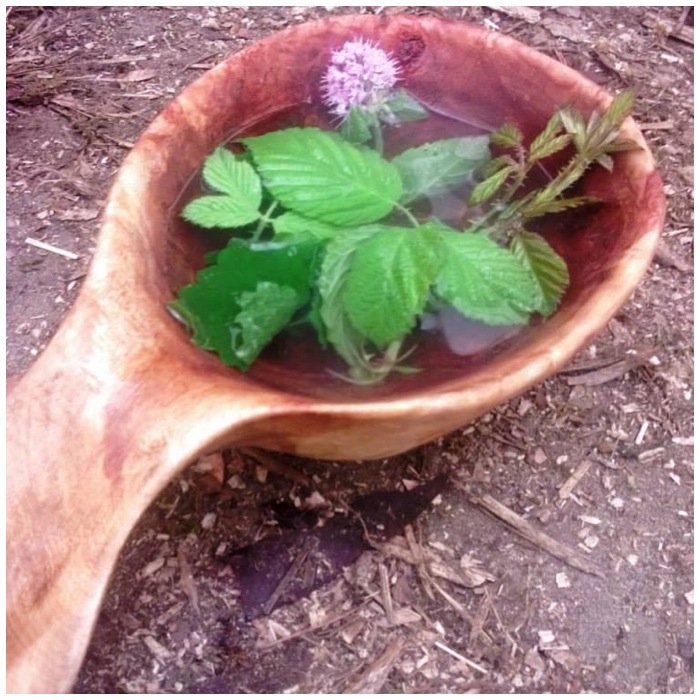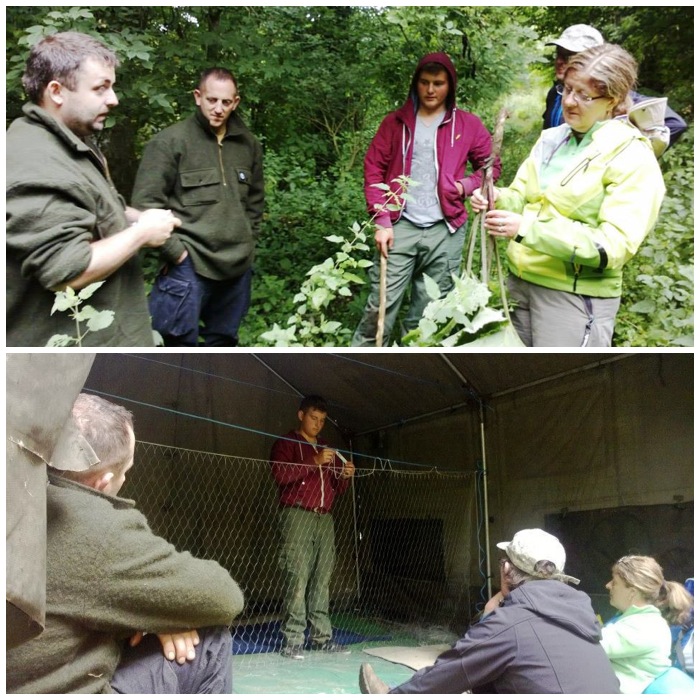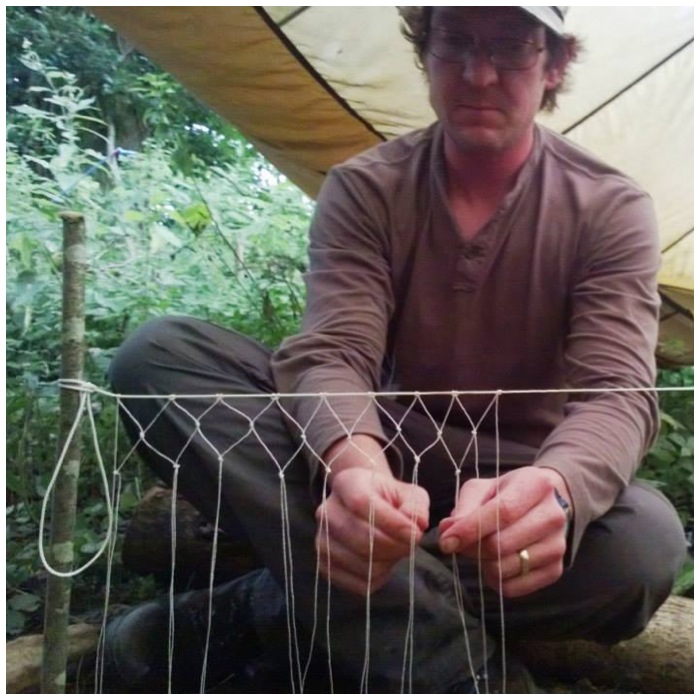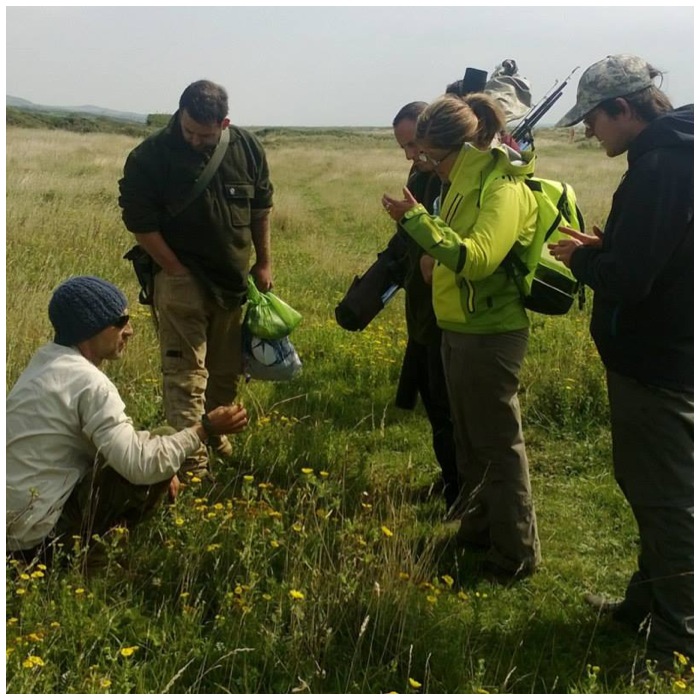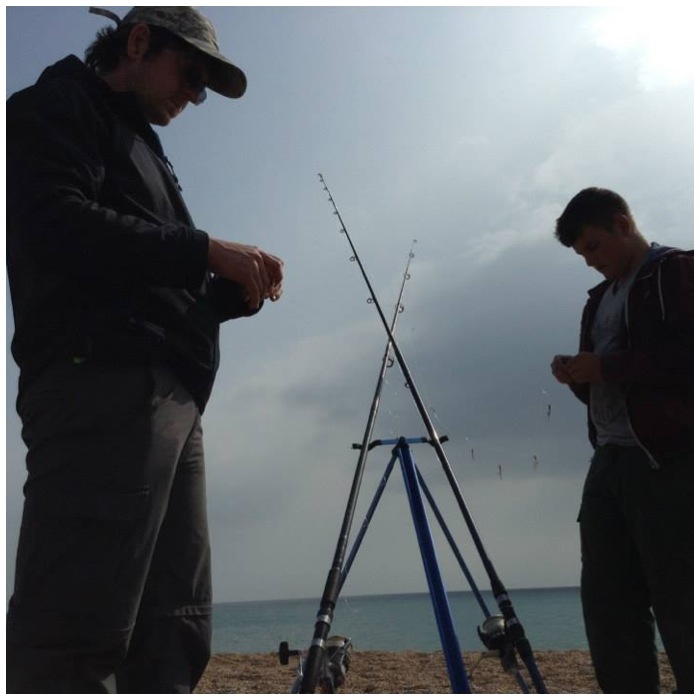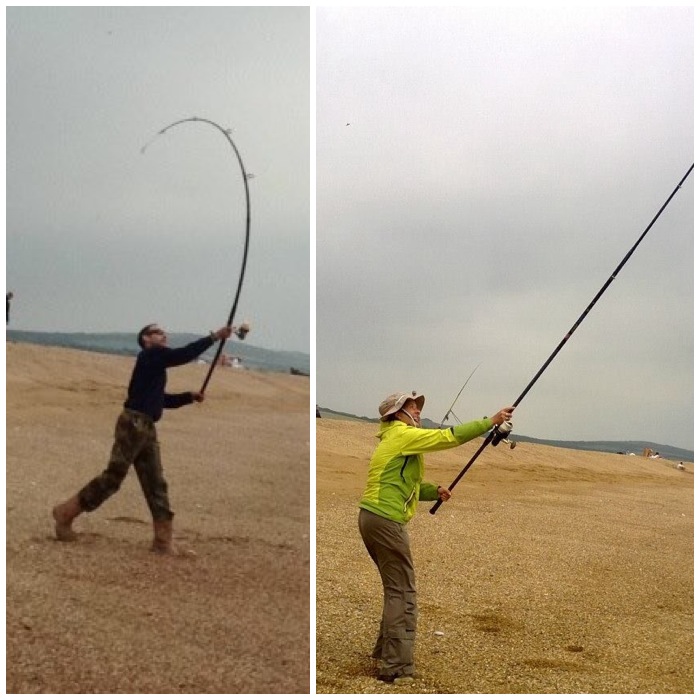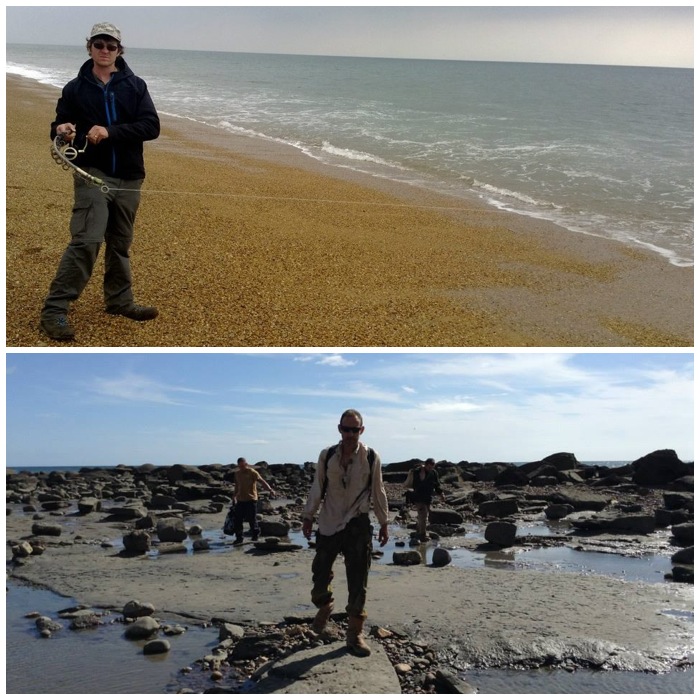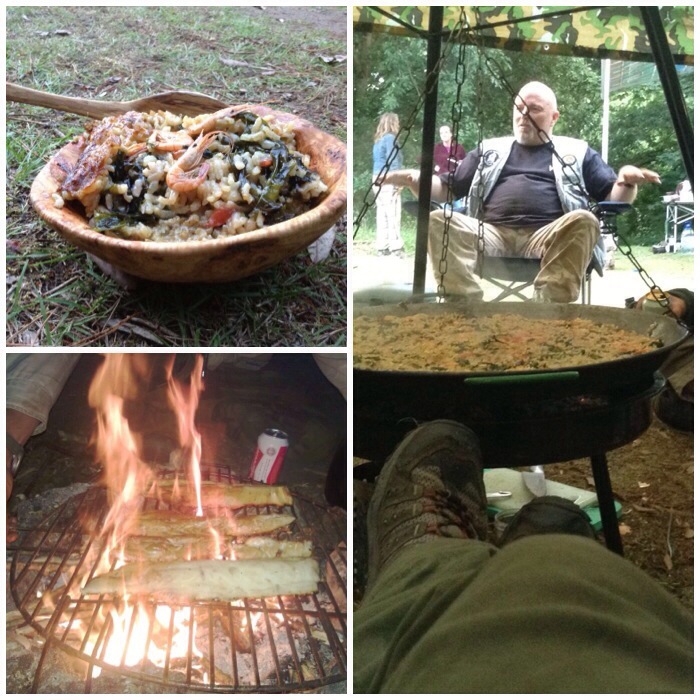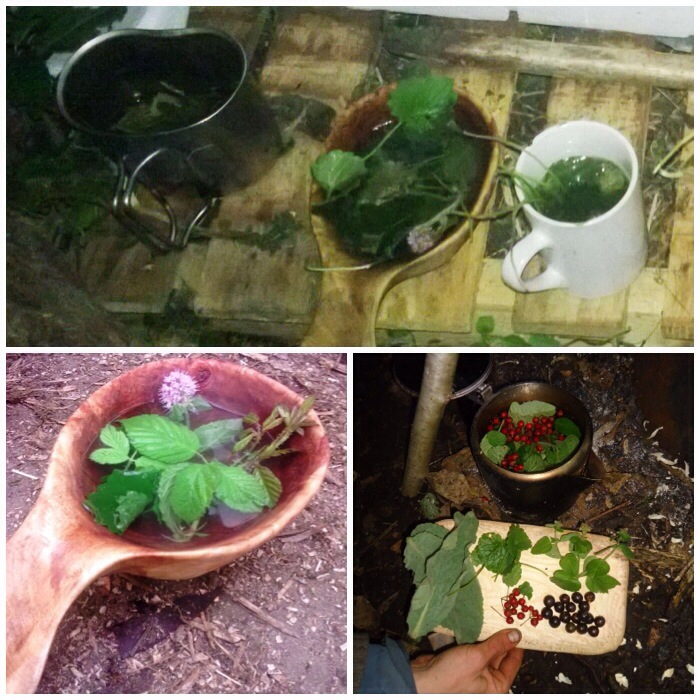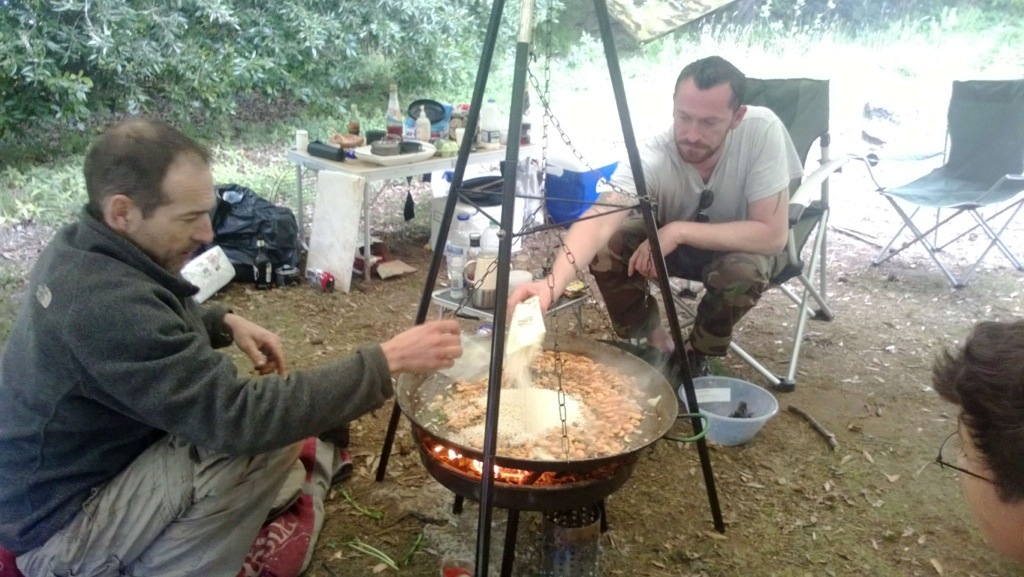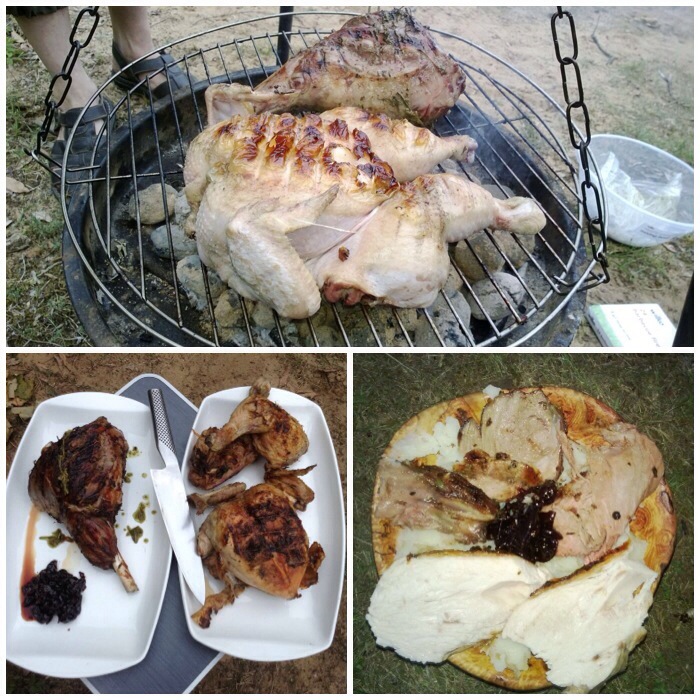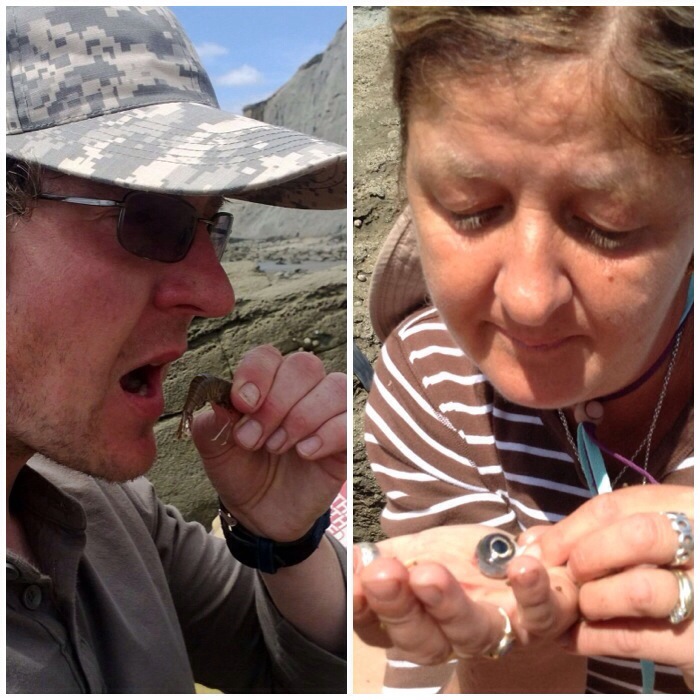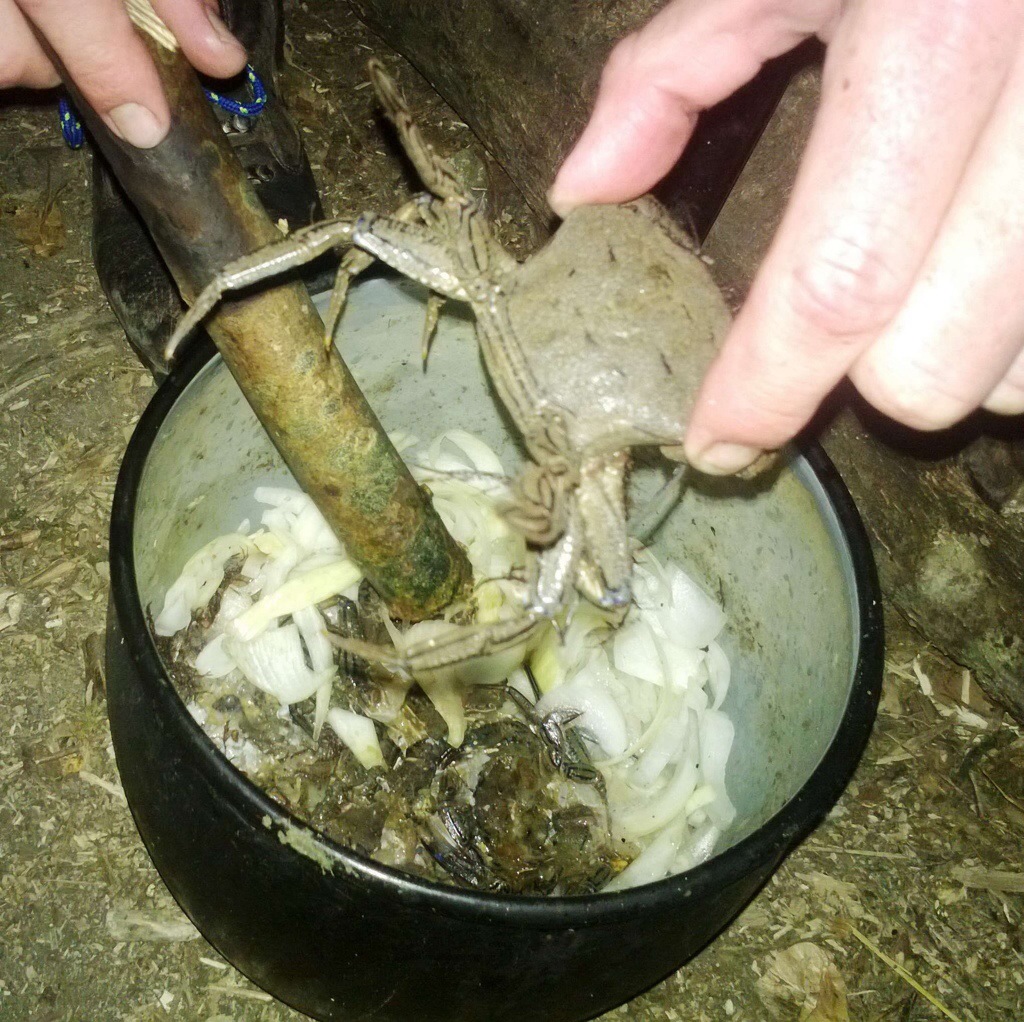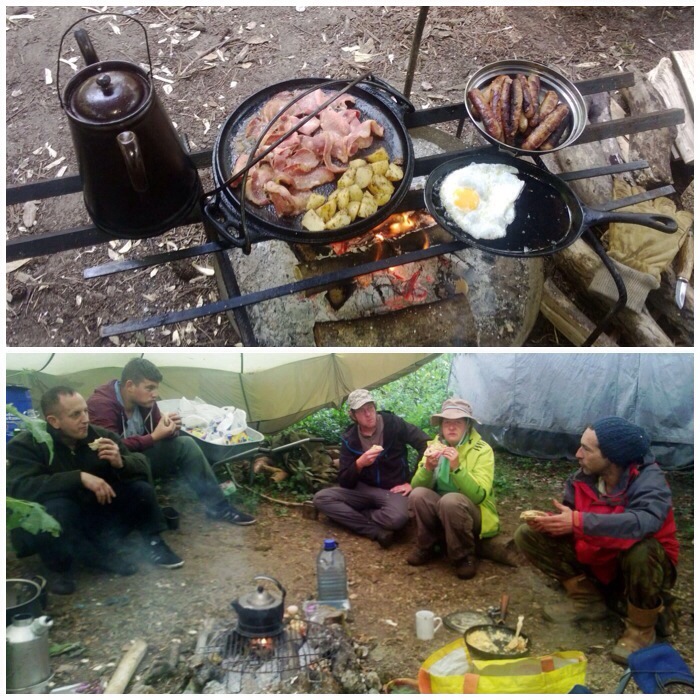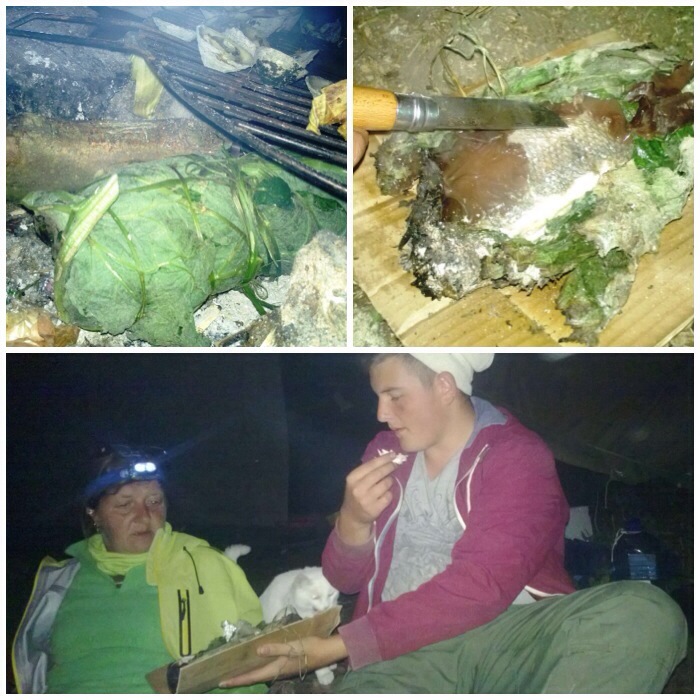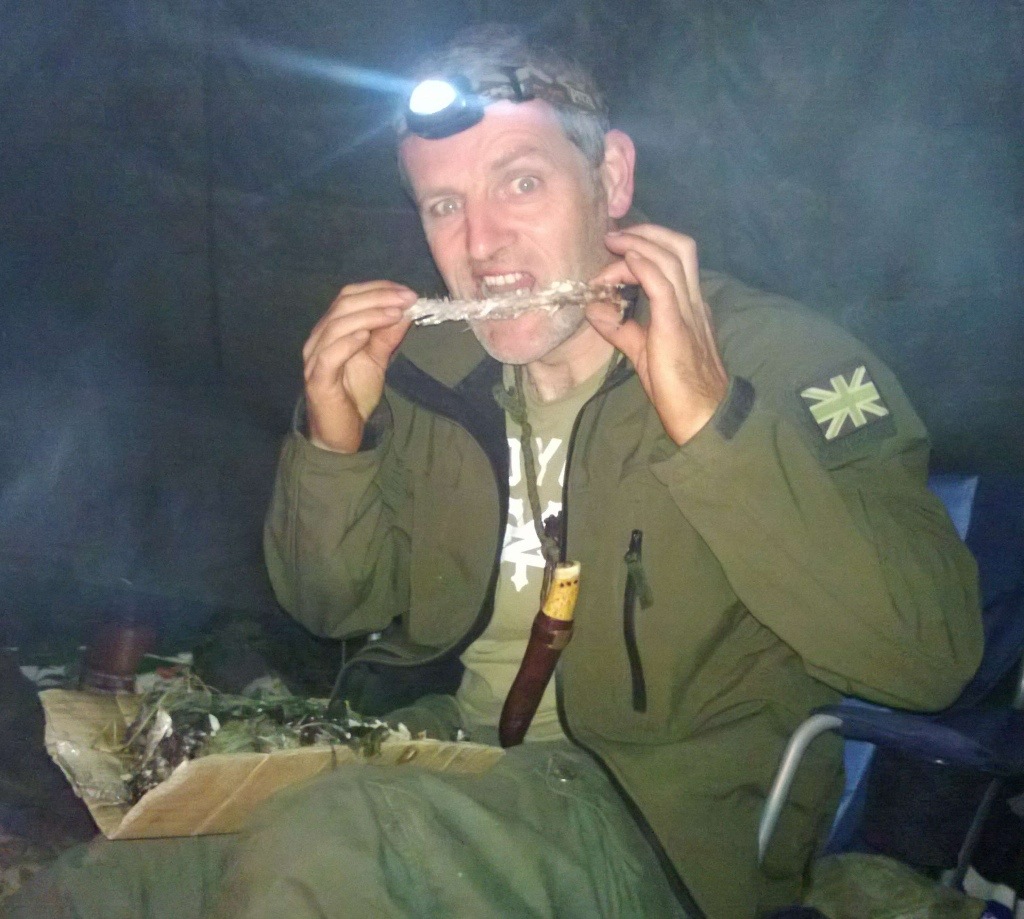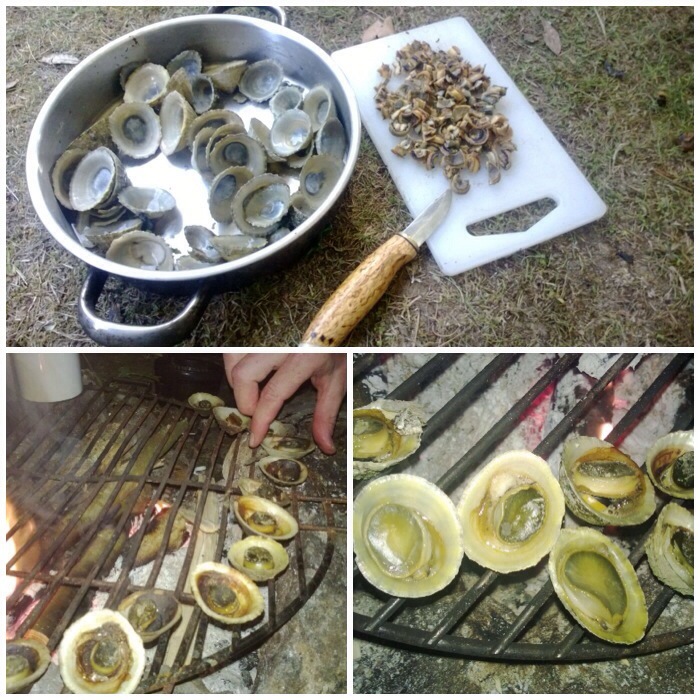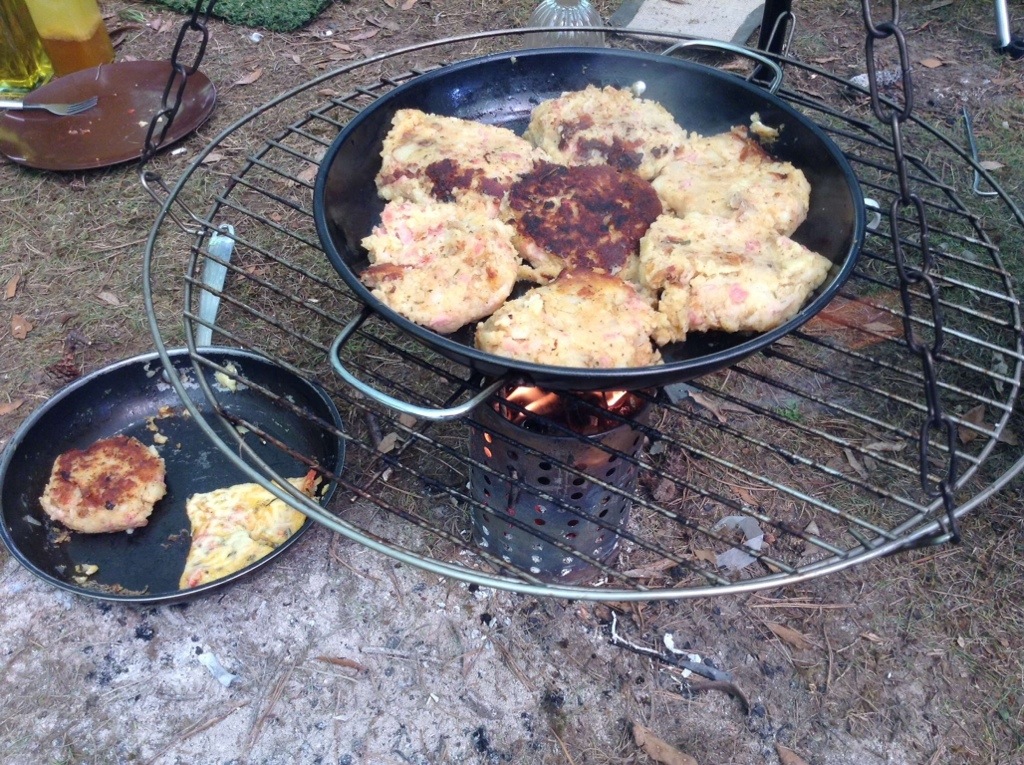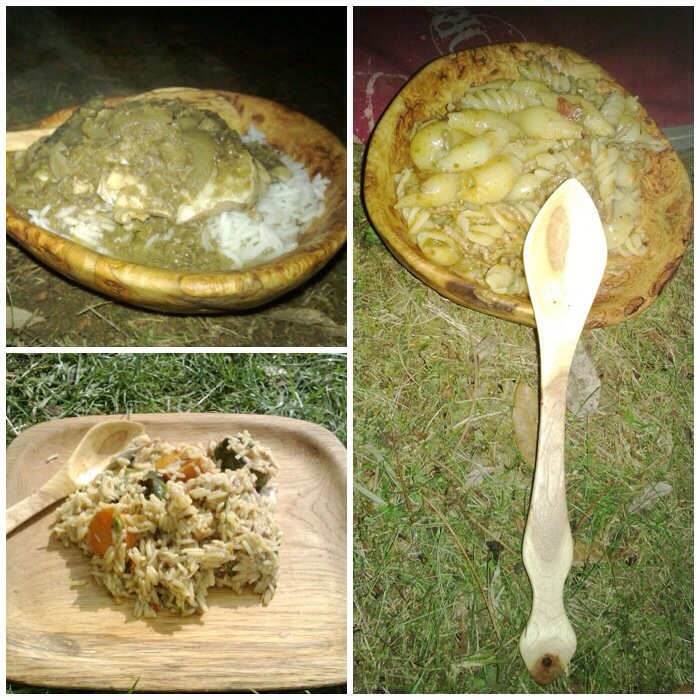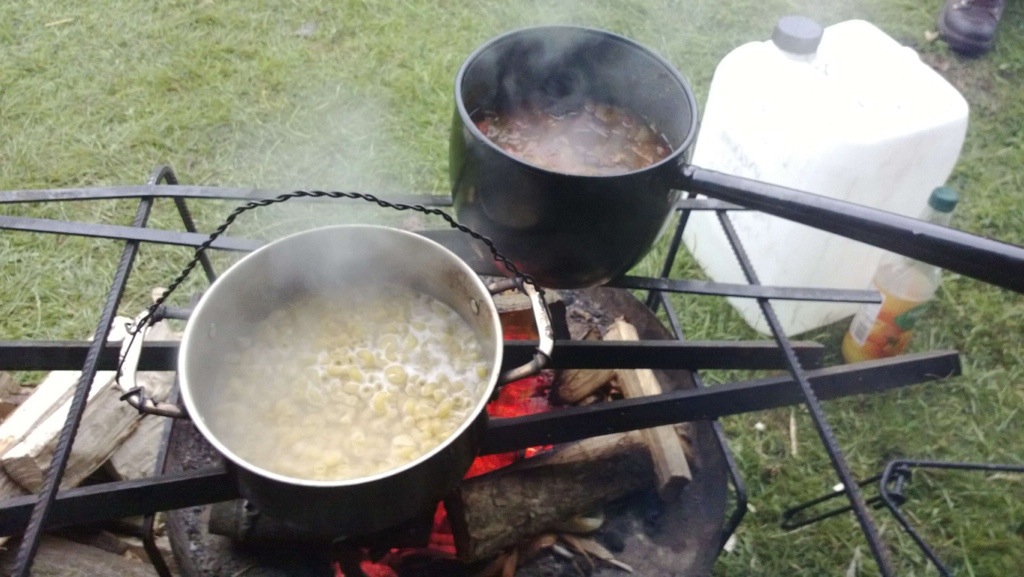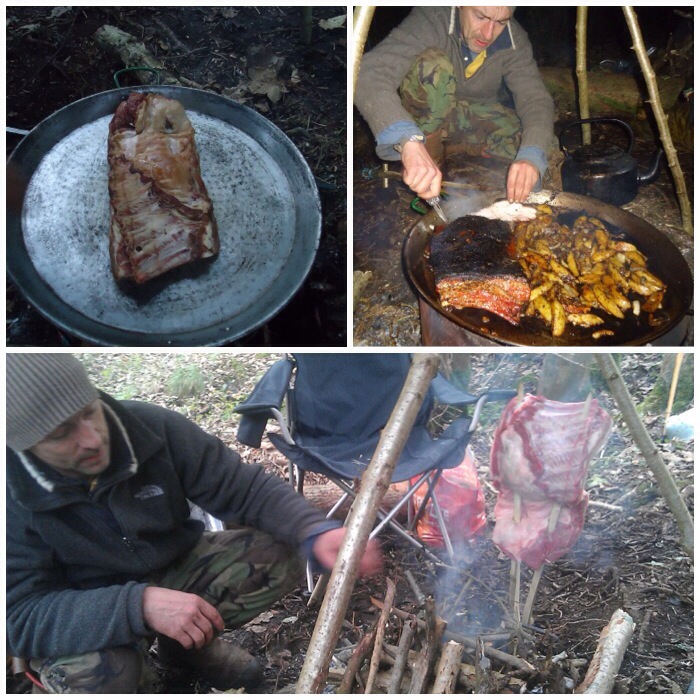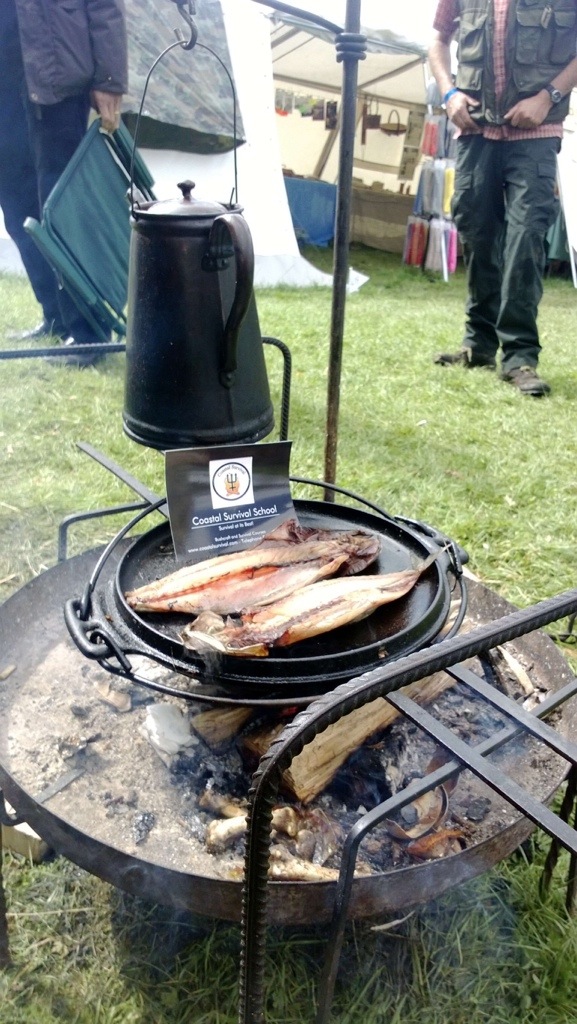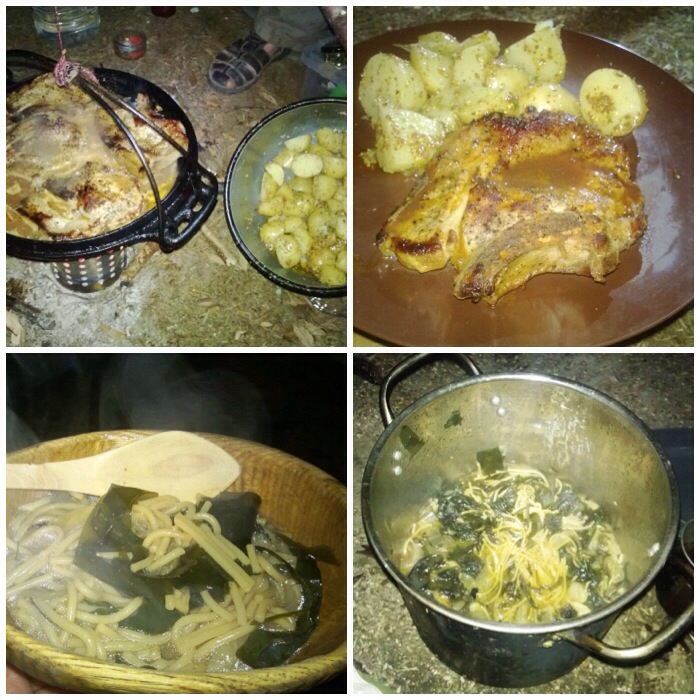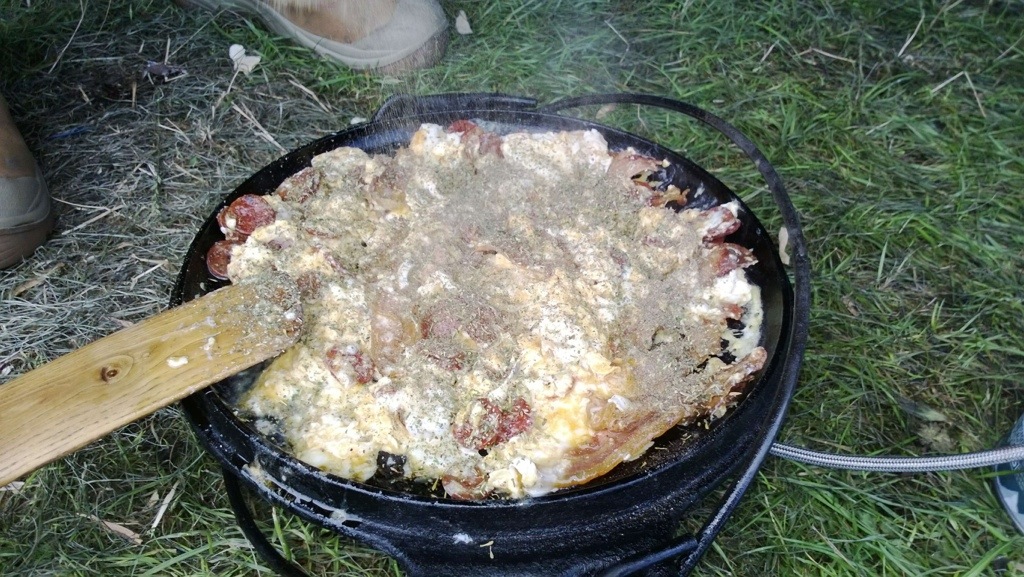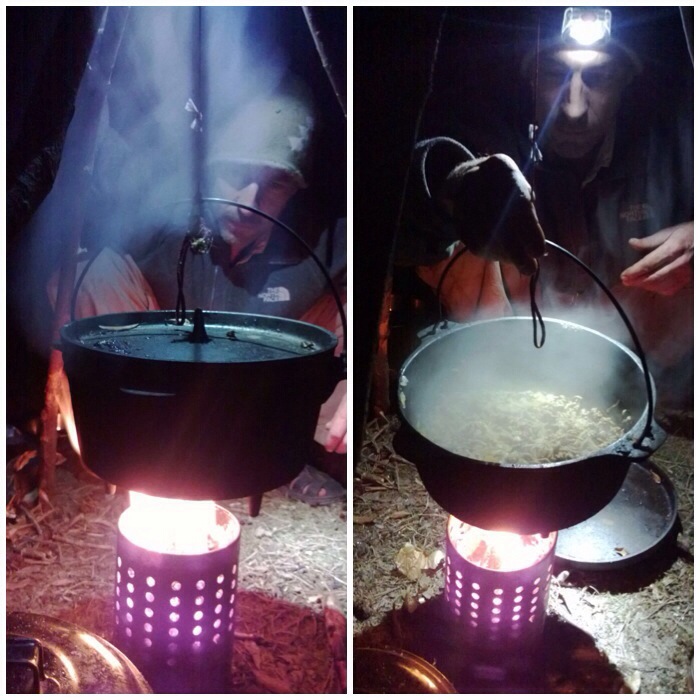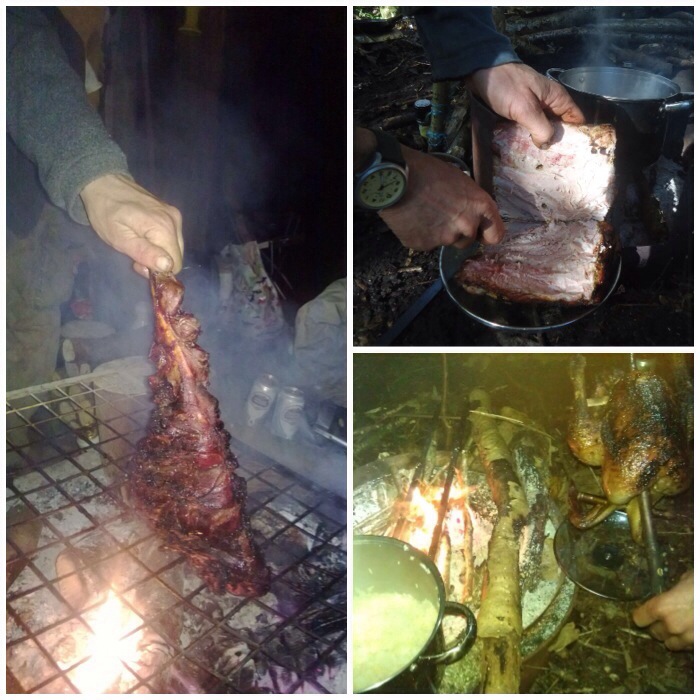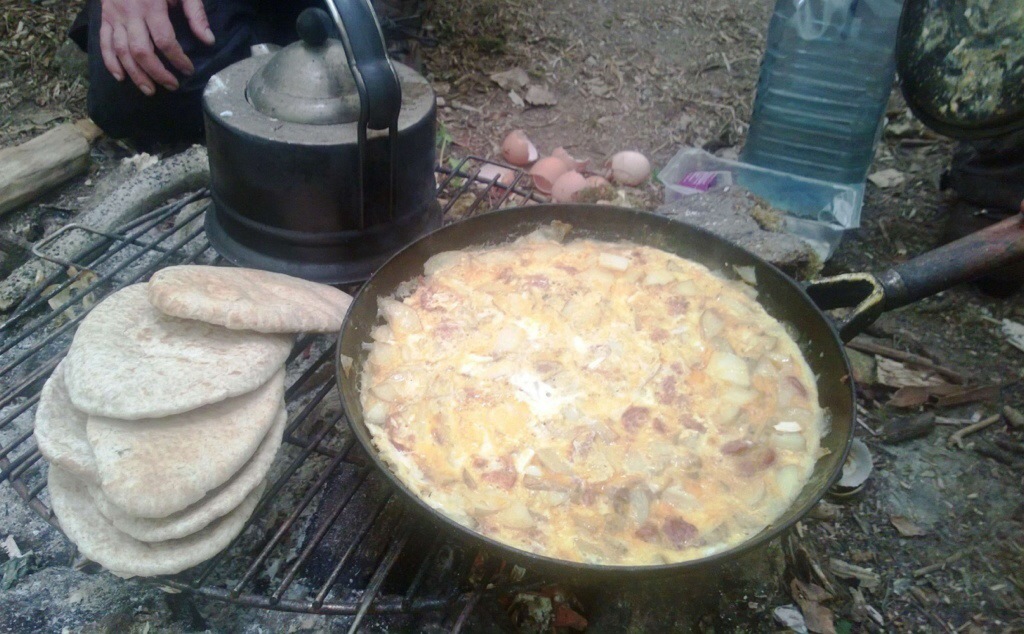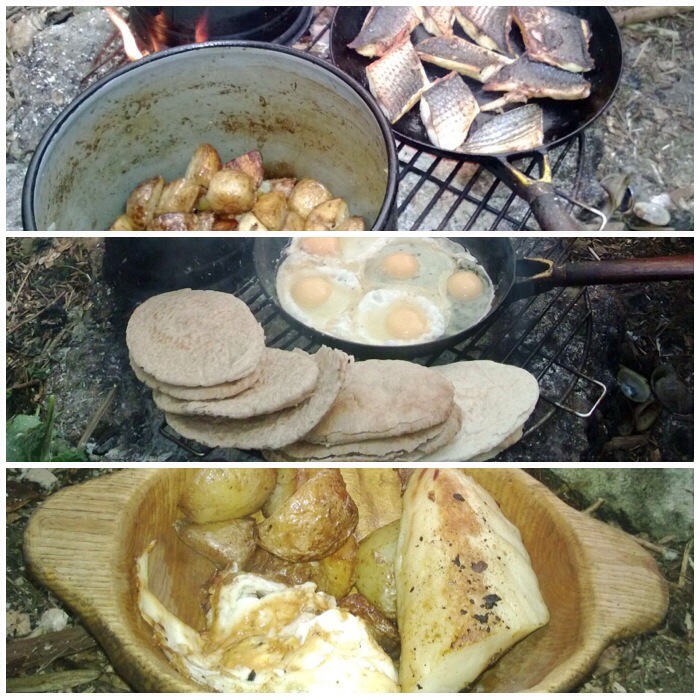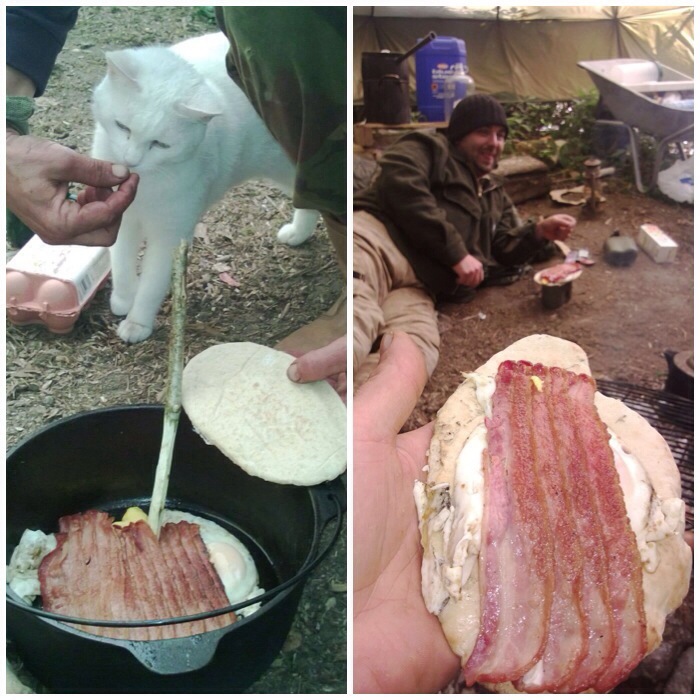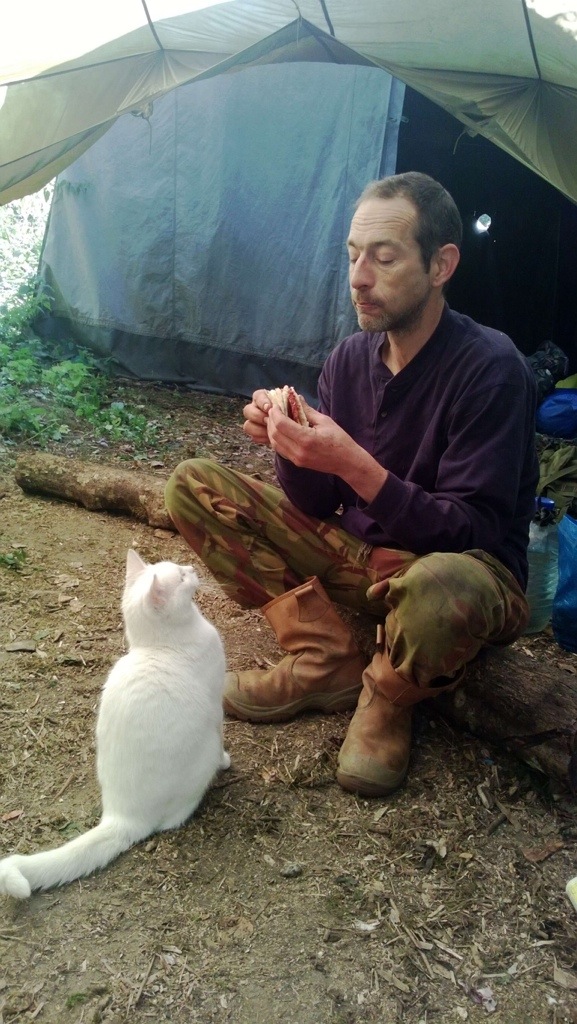In this digital/technology dominated world we live in today I always try and make time to keep an eye on what Mother Nature is up to around me – obviously with a camera about my person 🙂
One place where I can really immerse myself back into nature is every year at the Bushcraft UK Bushmoot for a couple of weeks. This post will concentrate on some of the different ways we at the Moot interact with nature.
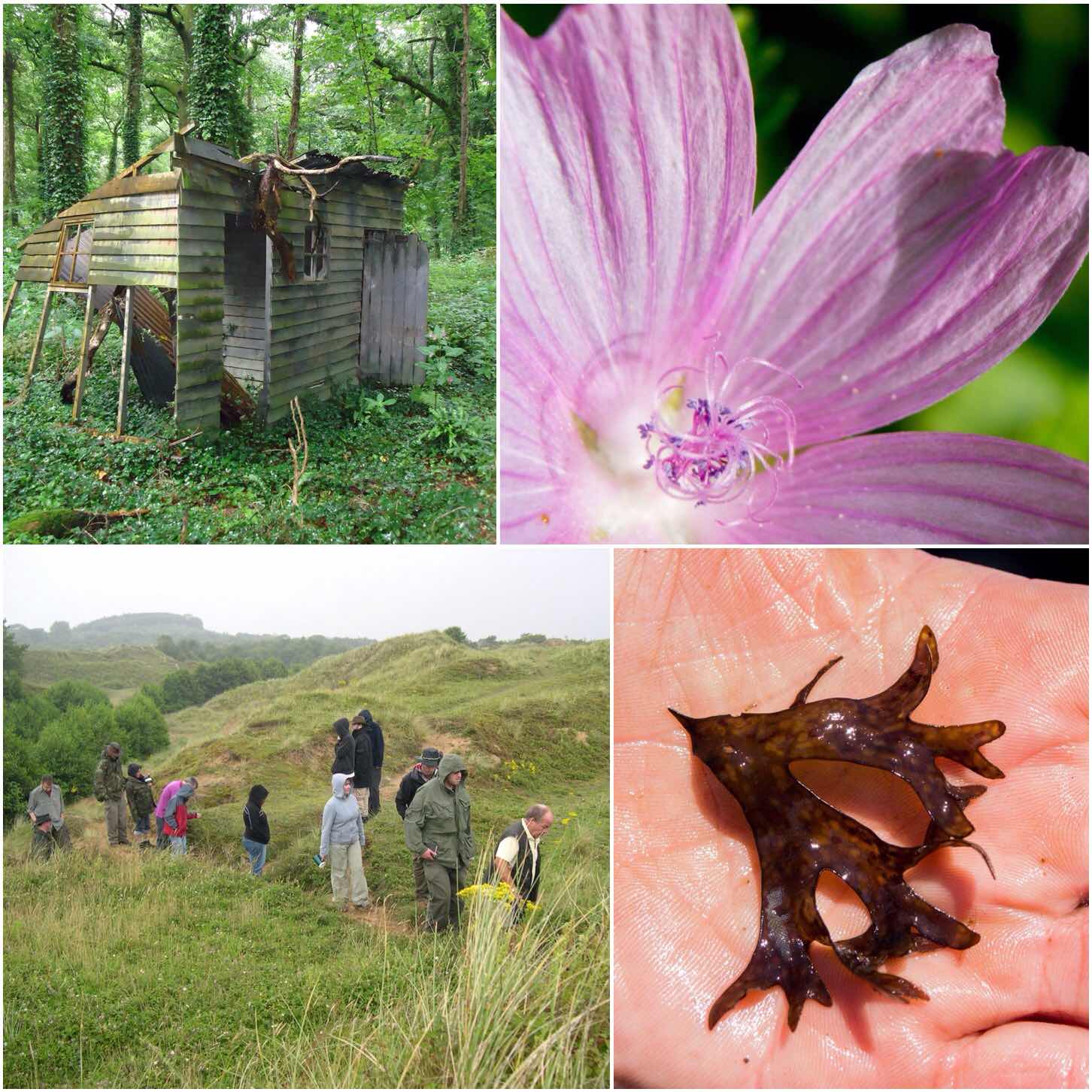
The Moot is located in a wood on the edge of the National Nature Reserve at Merthyr Mawr Warren in South Wales. Merthyr Mawr Warren is I am told the site of the second largest sand dunes in Europe.
The wood we use is on the edge of these dunes and was heavily planted with a variety of plants/trees after the Second World War by the local estate owners to help stabilise the dunes.

I like to take a walk around the site as often as possible while I am at the Moot to see what I can spot. One of my favourite spots was this little old water wheel at the edge of the site. It is a most beautiful and quiet spot to sit and observe nature.
I have a little Robin (Ok I am sure there are different ones every few years) who comes to visit me at my camp. This little fella is not shy and is always on the lookout for scraps.
My kids make this site their playground and interact with nature all the time, from climbing strange looking tree roots to making their own art by throwing Himalayan Balsam up into trees so that they hang down (quite a weird site passing these trees). As we are continually clearing back the Balsam I do not mind them doing this.
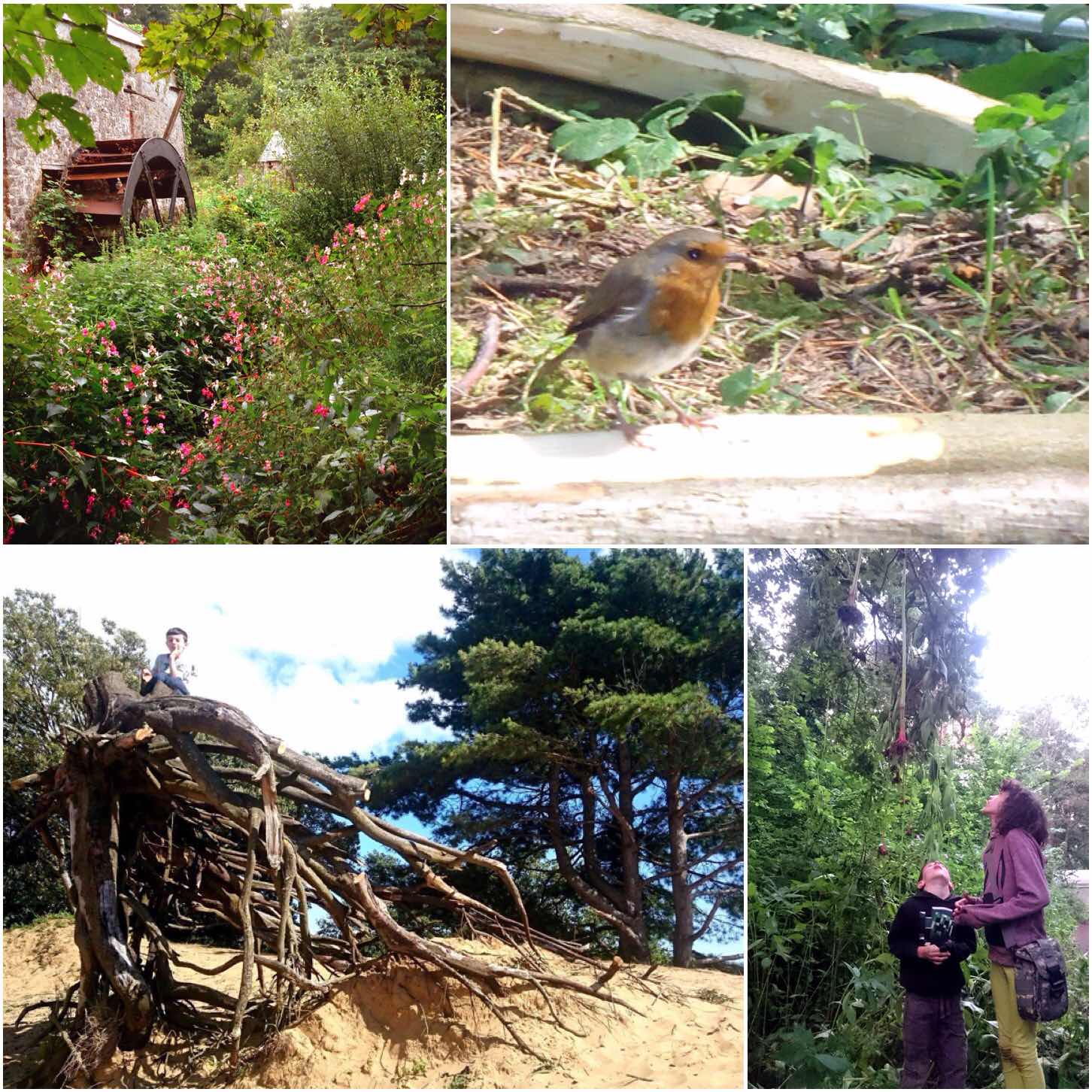
As bushcrafters we try and minimise the impact we have on the site. For firewood we have an agreement with the local estate to buy in timber from them so as to not strip out the local wood for firewood.
Occasionally with the agreement of the estate we will take out a tree or two that has become a danger to those camping in the woods.
We have been coming to the site for over ten years and this policy of minimal impact has meant that the site remains a place of real natural diversity.
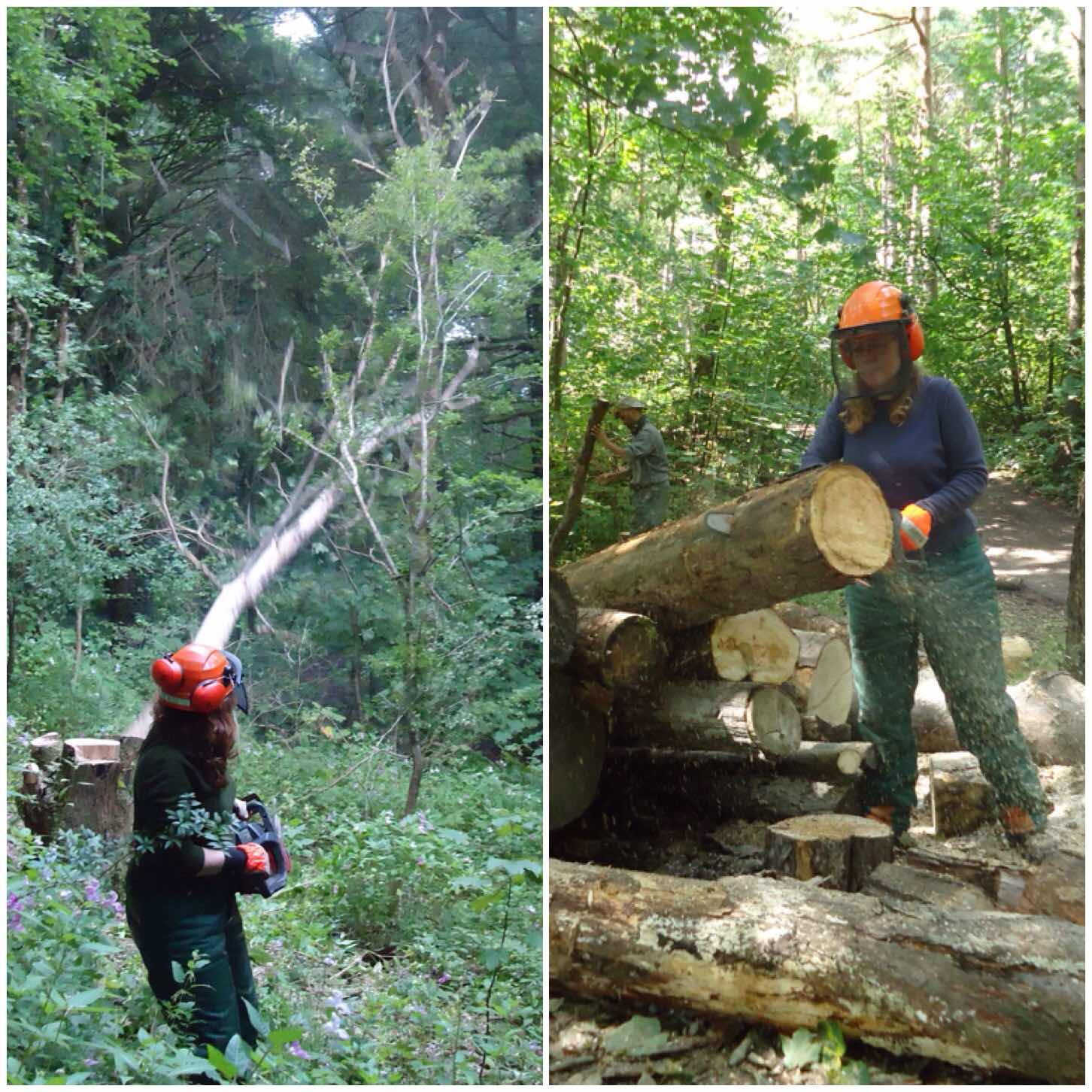
A key attraction that the Moot has is of a place of learning. We have many highly experienced instructors that come along each year to teach. This can range from creating natural art, foraging for edible plants, understanding how everything interacts and using natures raw materials to make useful items.
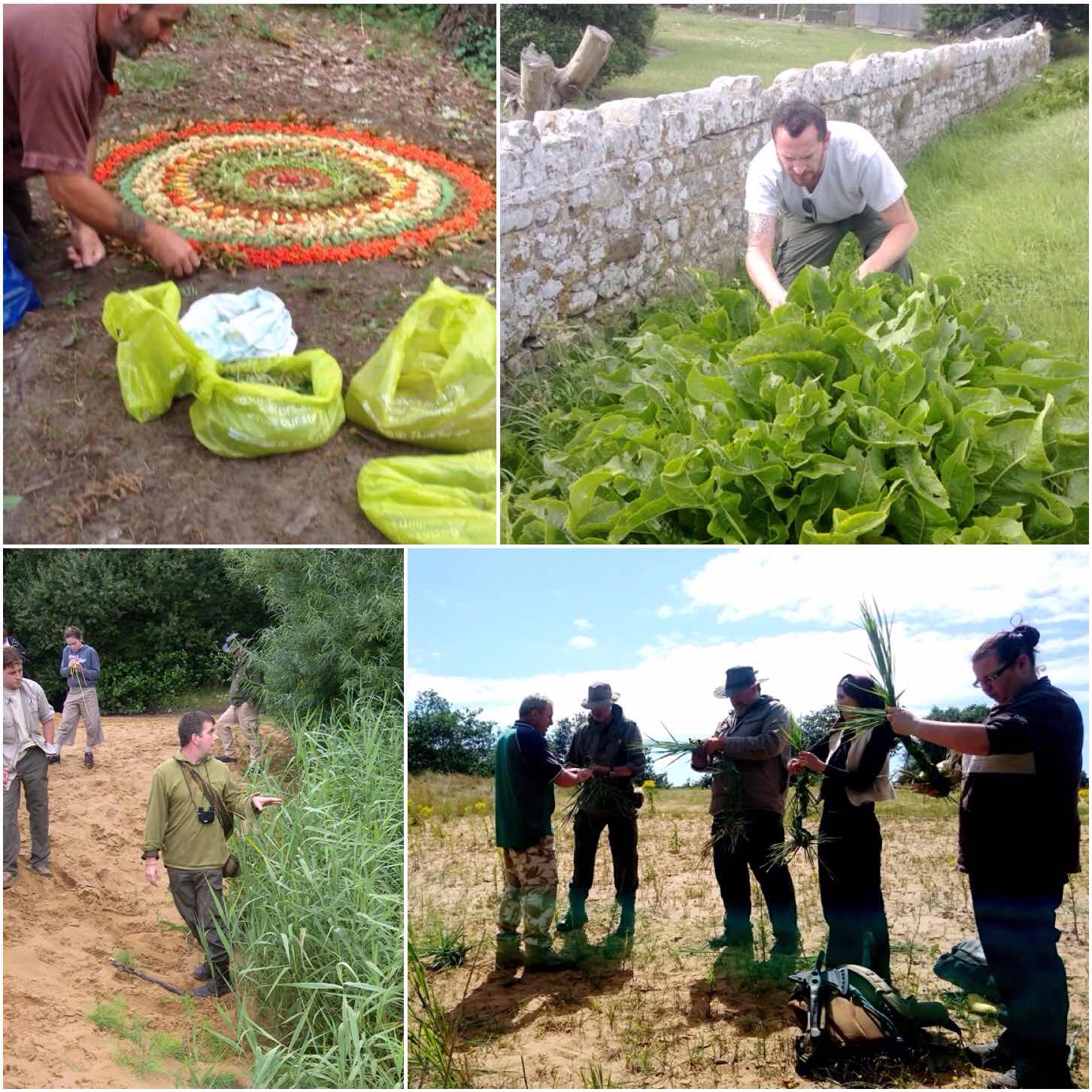
Part of all this learning is to know when to forage and when not to forage. In a class with Fraser from Coastal Survival this year we foraged on the coastline. We looked at many of the crabs that could be found in the rock pools and returned the many smaller ones or ones carrying eggs to where we found them. There were plenty of big crabs and shrimps though to harvest for the pot.
We also forage for lots of plants that make great teas.
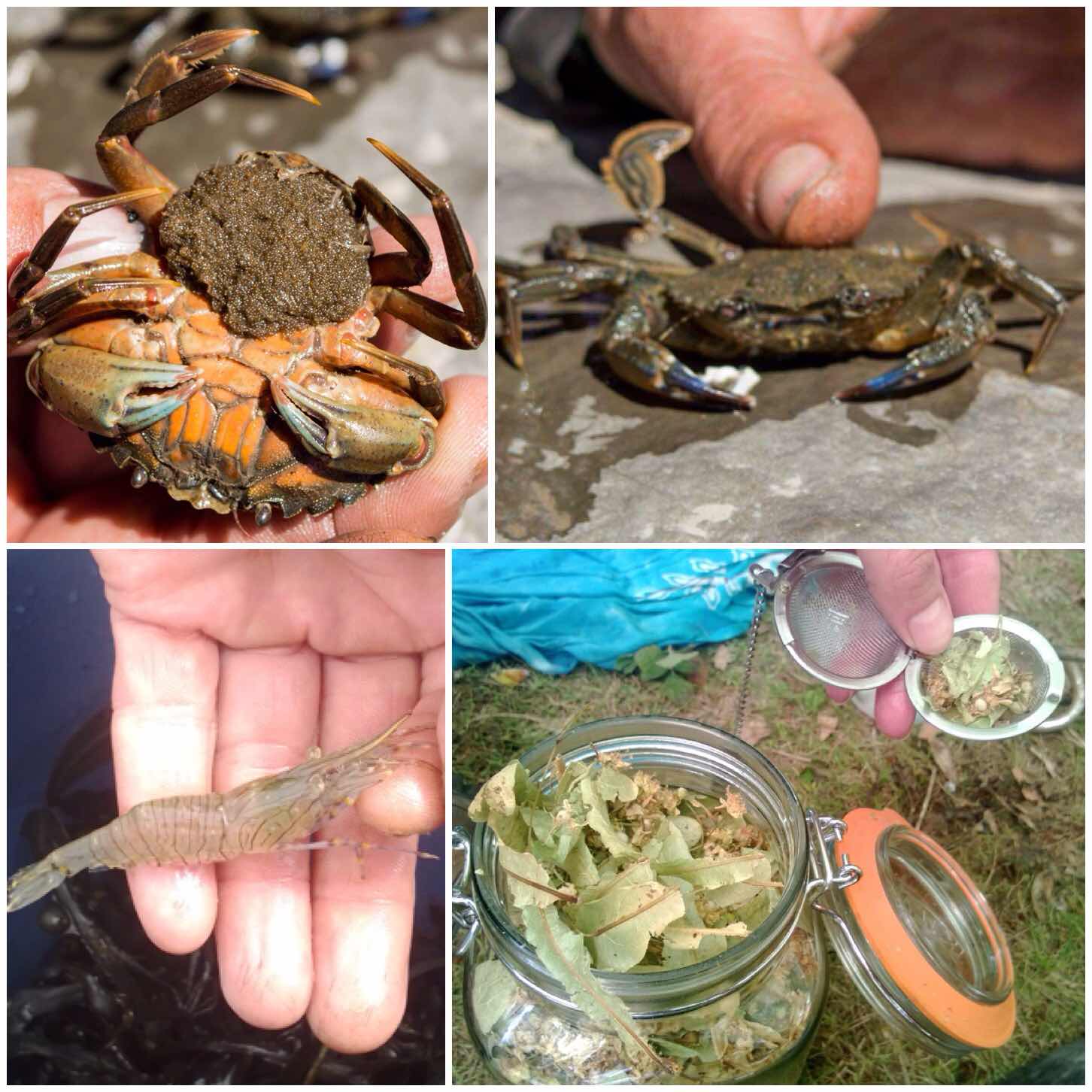
If you like wild flowers then the Moot is a place to go to see them. Take a wander along the edge of the wood by the dunes and you will spot some real beauties like the Vipers Bugloss, Evening Primrose and the Common Centaury.
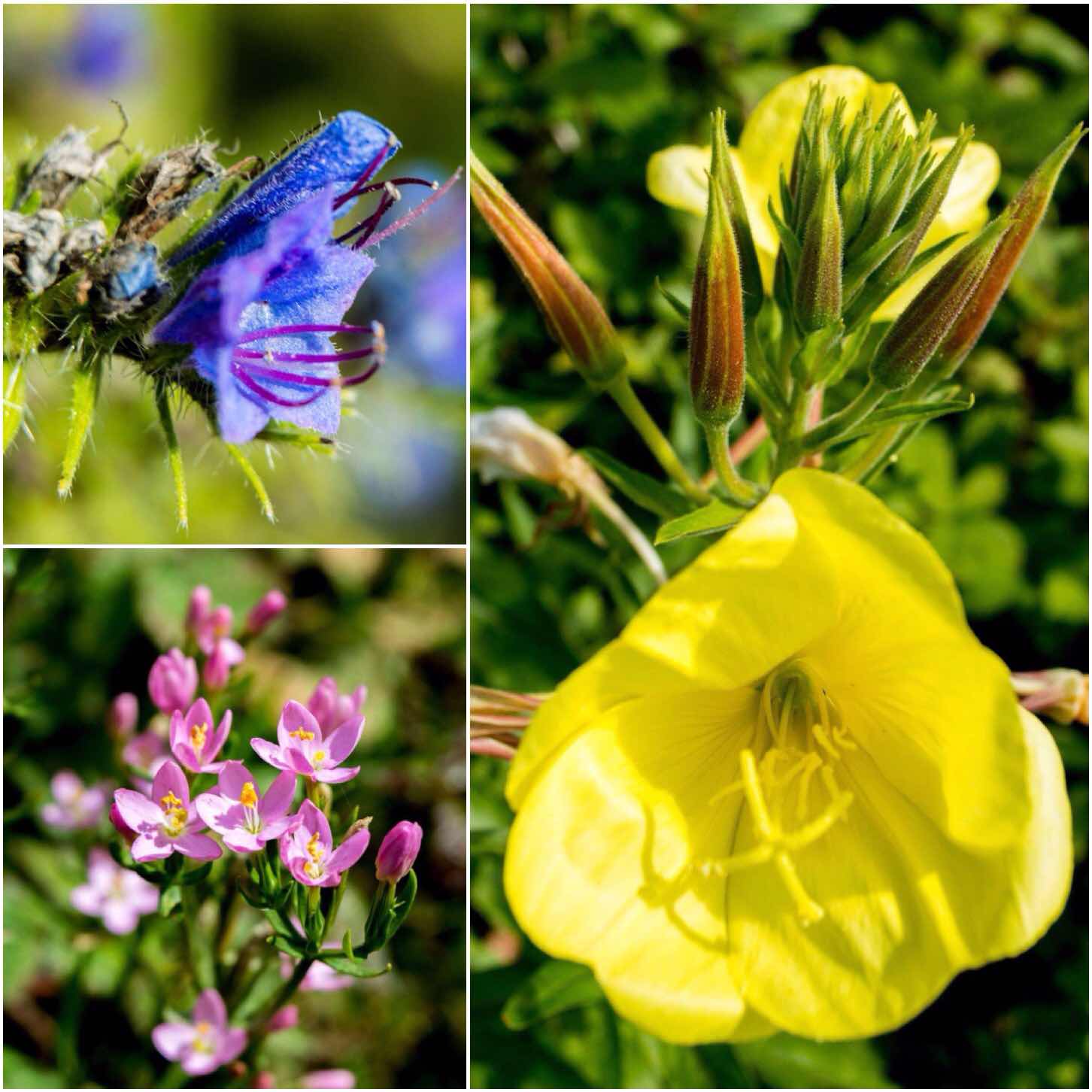
Bushcrafters like to forage plants that they find useful and there are plenty of plants to be found here like the Rosebay Willowherb, Thistles and Burdock.
They are beautiful in their own right when in flower but it is for their uses that I look for them.
Willowherb is known as Fireweed or Bombweed and Paul Kirtley has written an excellent piece on this plant – Rosebay Willowherb: Taking The Pith
Thistles come in many varieties and I like to collect the downy seed heads for use as an ember extender. A good source of information on this plant can be found on the Eat The Weeds site – Thistle: It’s That Spine of Year
The final picture you can see at the bottom right is the bushcrafters old favourite – Burdock. As well as having an edible root at the end of its first year I collect the second year stalks to make hangers for my kit. I wrote a post on this last year – How To…. Make a Simple Burdock Hanger
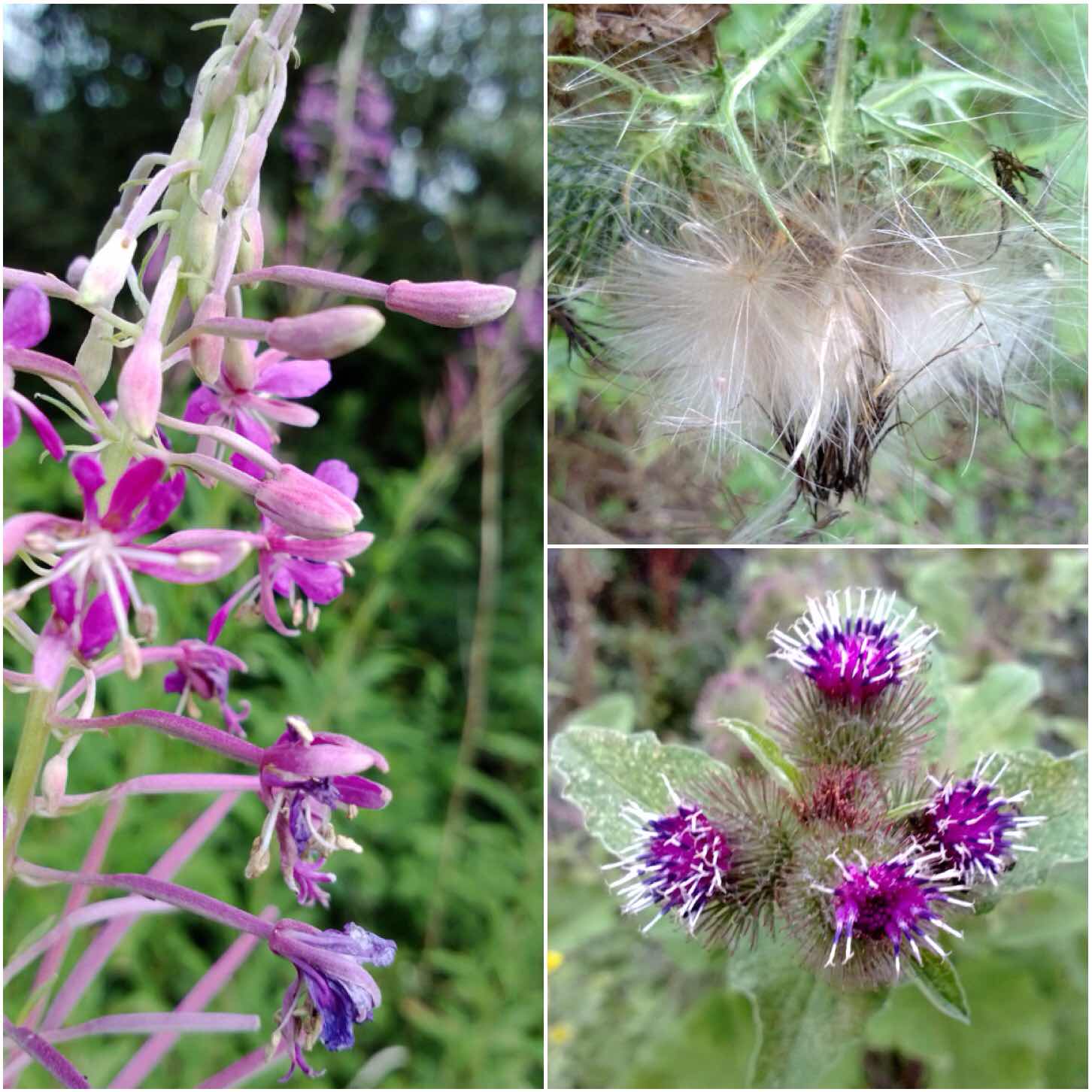
I like to do a bit of Macro photography from time to time and there is plenty of scope to do this at the Moot with plants and insects. Below are just some of the shots I have taken there recently showing the cycle of life.
Below you can see the lovely stripes of the Cinnabar caterpillar, the delicate features of what I think is a Meadow Brown Butterfly sunning itself, the busy life of the feeding Six Spotted Burnett to the beauty of a discarded snail shell.
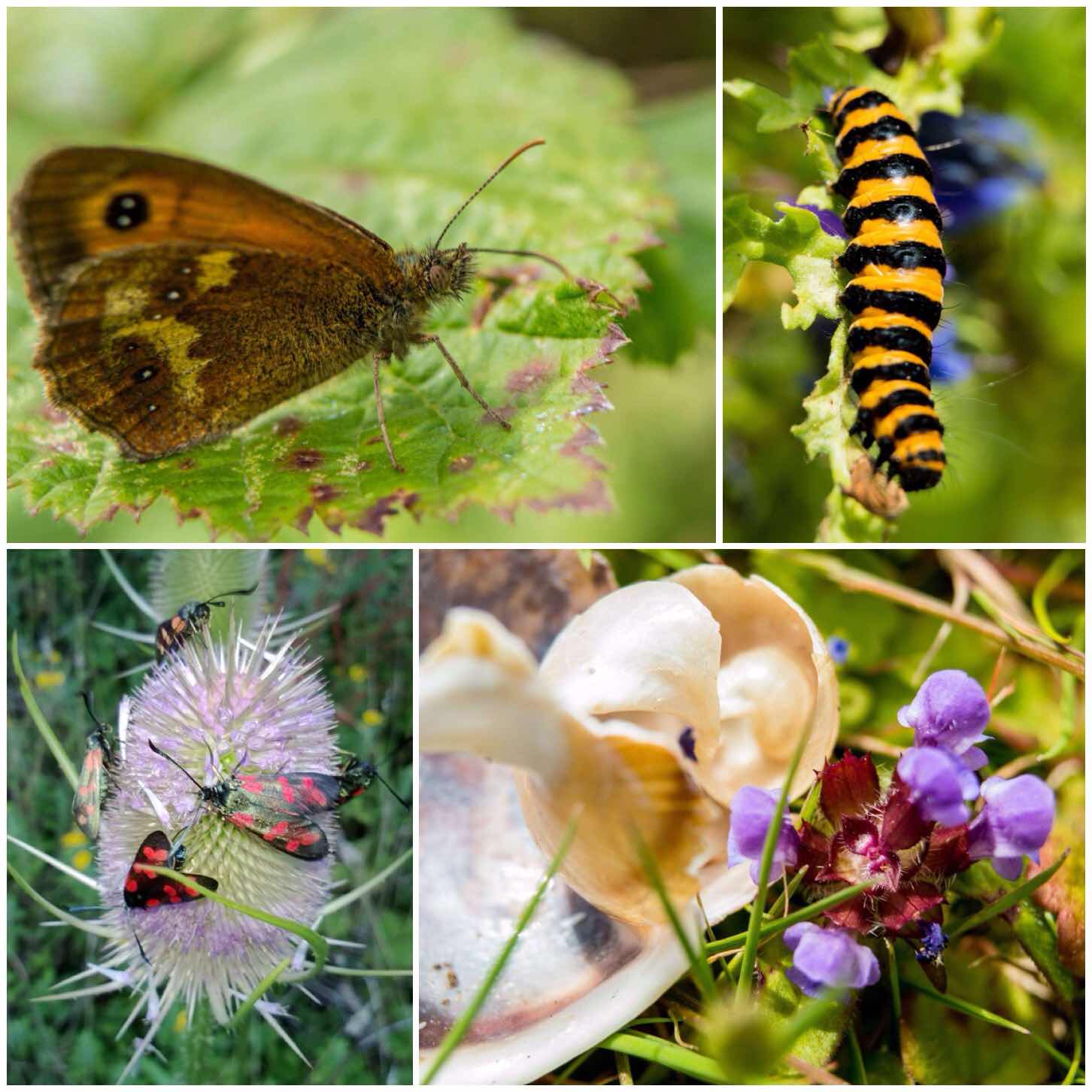
Children and adults can be put off by insects however with a little bit of play and observation you can soon learn to live alongside insects.
My daughter had a real dislike of wasps before coming to the Moot but now is quite intrigued by them. The caterpillar you can see in the bottom picture dropped onto my friends arm one day. He was quite beautiful to look at but thankfully not poisonous in any way.
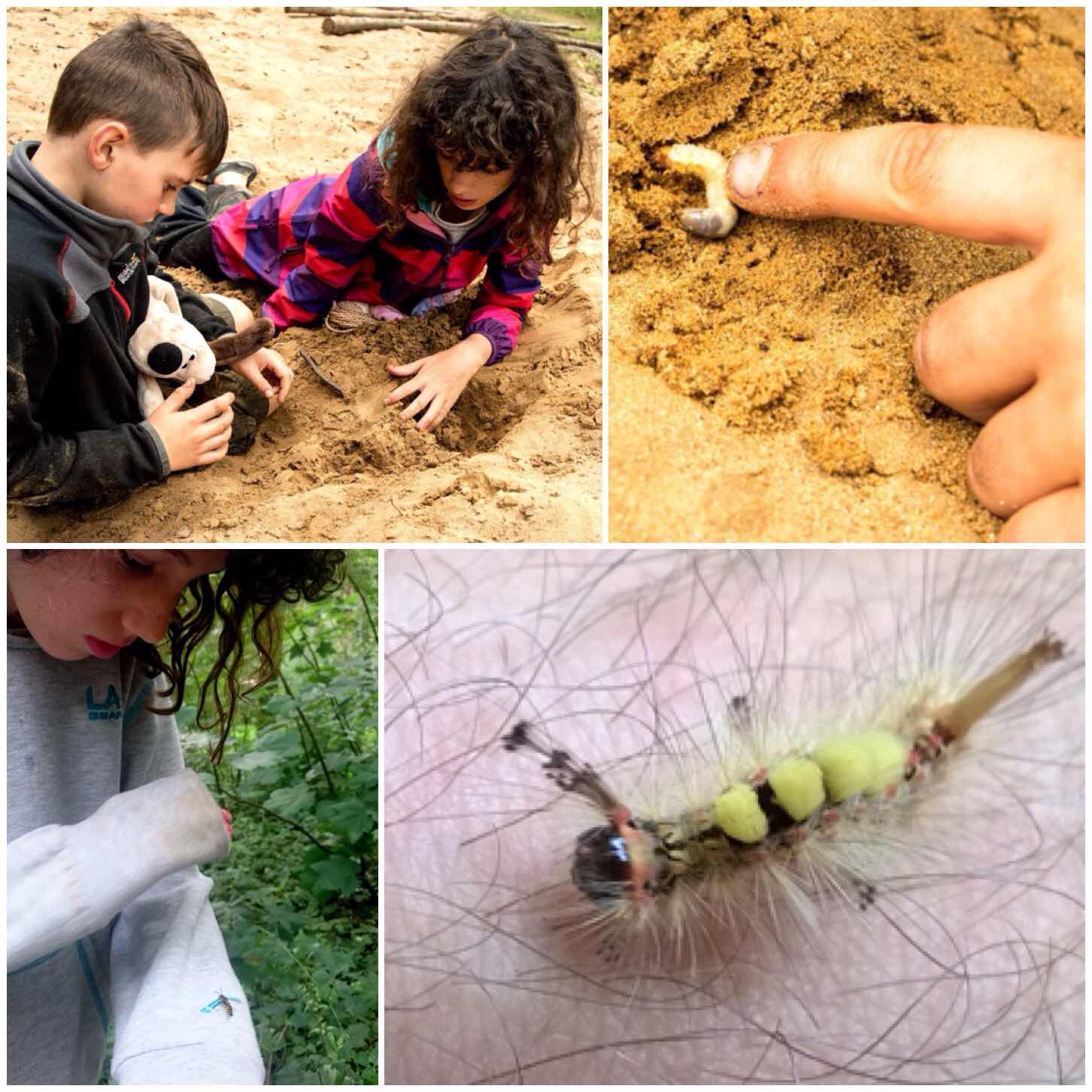
I love to photograph insects and they come in many forms at Merthyr Mawr.
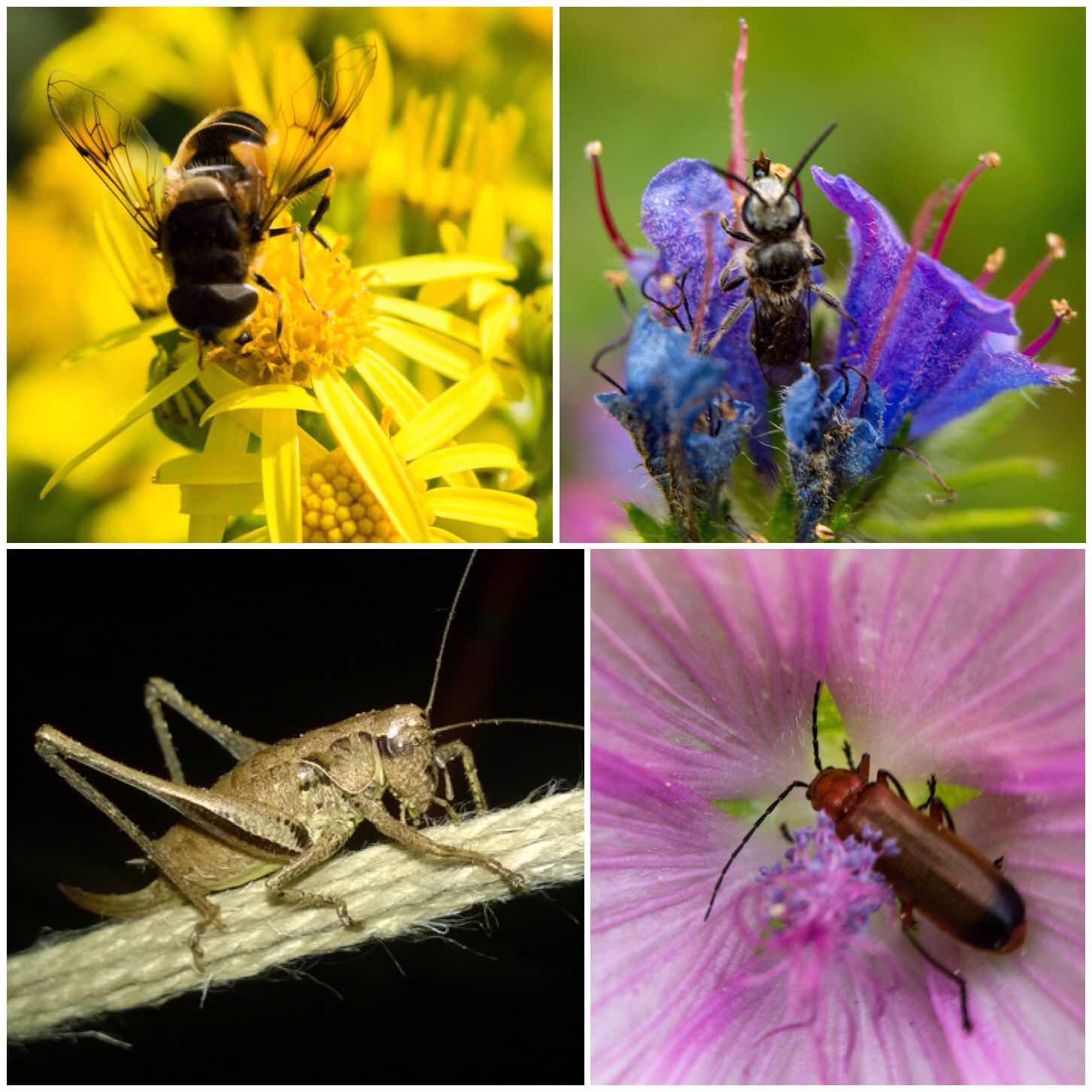
A skill I learnt a couple of years ago from Perry McGee of the National Tracking School was the art of Dowsing. Perry taught me this in minutes and I was able to located water sources and even follow a buried hose. I do not know how this really works but it is a force of nature that intrigues me.
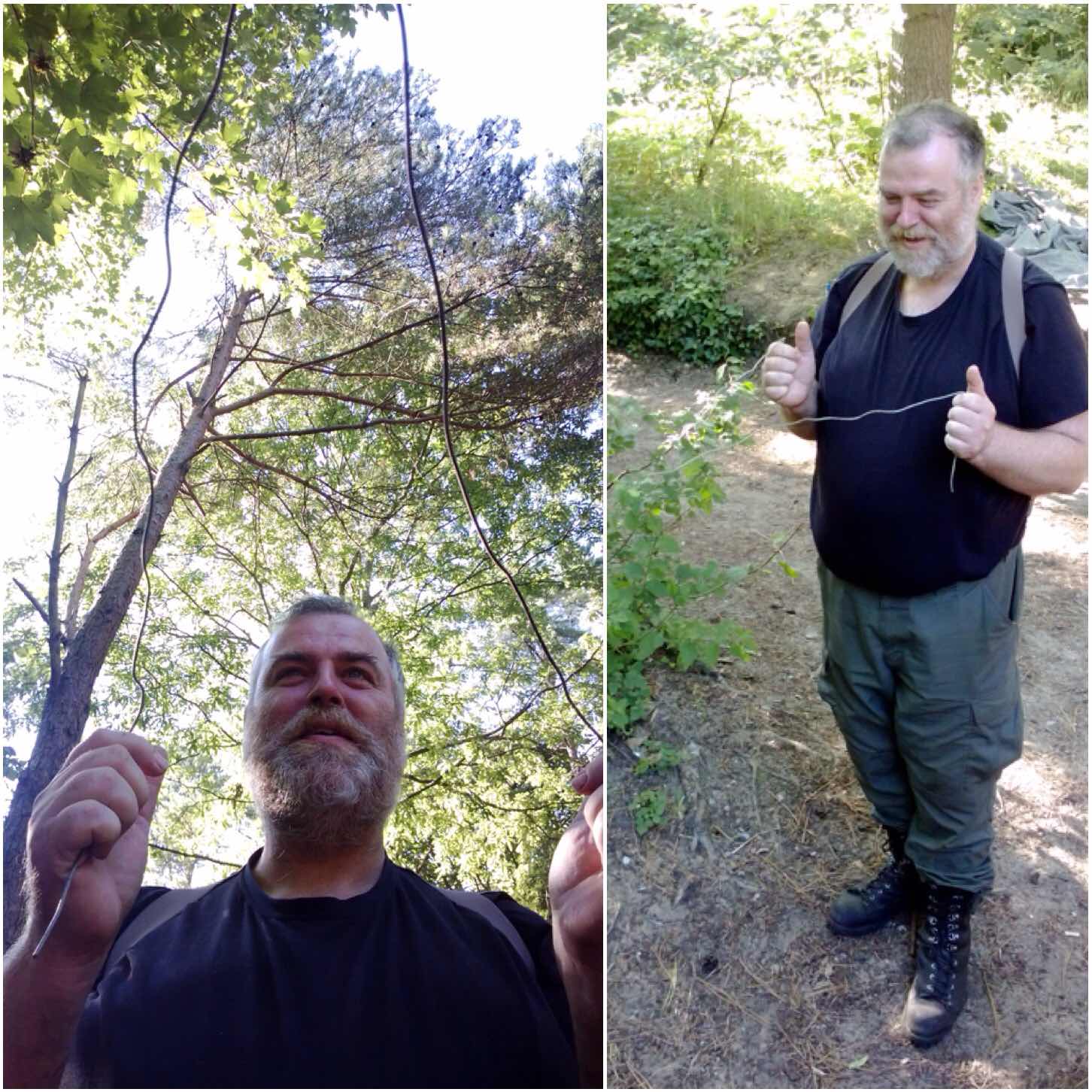
Whatever interests you about watching or interacting with nature the Moot is a place to do that.
I love to photograph what I see and I have found a great place to do that at the Moot.
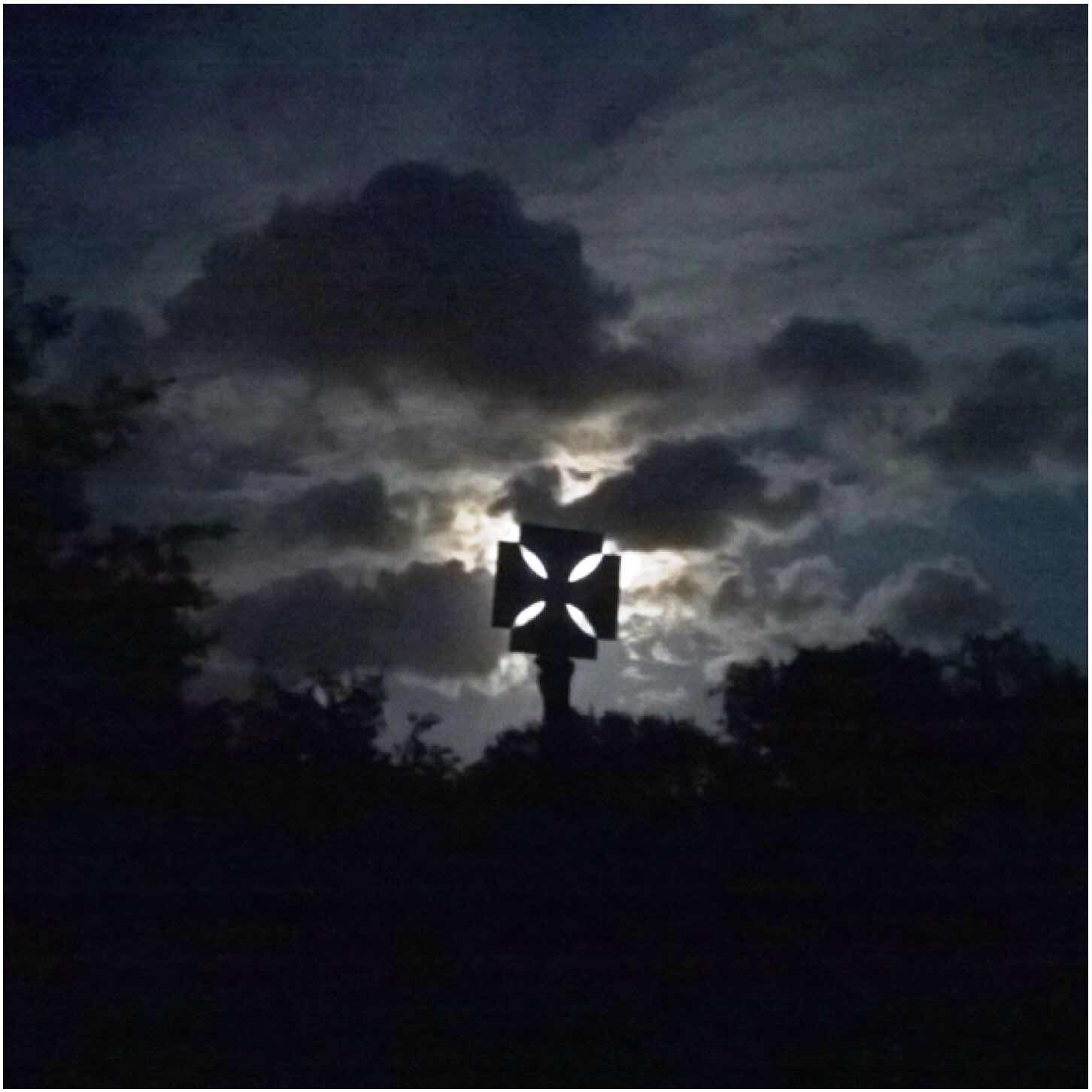
Cheers
George
